Kairouan, Tunisia. Visited on 12 February 2025 – Stop 3. Monastir, Tunisia. Visited on 13 February 2025 – Stop 4
From Sousse, I made a day trip to Kairouan, less than 60 km away in a louage, a local pooled minibus. I arrived an hour later, at 9 am.
From the louage station, I started walking toward my first target – The Great Mosque of Kirouan. Today promises well – the dampness of the past few days looks to evaporate. The sky looks unusually blue, and the clouds unusually white. The locals were, like the birds, particularly chirpy, already out at the market full of colors – fruits, vegetables, and merchandise looking unusually fresh and vibrant.
The Great Mosque stood in a monochromatic dull brown, true to its integrity; made of bricks and stone, anything else would be weakness. The wear and tear of the ages have left some scars, but they remain unmoved and intact. It remains the Great Mosque.
I then walked to the Aghlabib Basins, built in 860 CE to supply the city with water. I have seen many historic stepwells in India, dug deep but the edges straight to define where the earth sinks. These basins, however, are enormous and perfectly round, perhaps intended to be aesthetically pleasing while functional. Their engineering is a testament to the ingenuity of the people back then.
I went on to see The Mosque of the Barber and Sidi Aid Shrine, both exquisitely exploiting geometry, and the simple use of complimentary colors, thus passing down their history in a beautiful way.
Today the blue sky and the white cloud were brought home to the white houses with contrasting blue doors and window frames. In these soothing colors, the medina, while belonging to a different bygone generation, remained radiant today. I loitered, but not stuck in time. This is the good old days.
Kairouan, where people live the good old days.
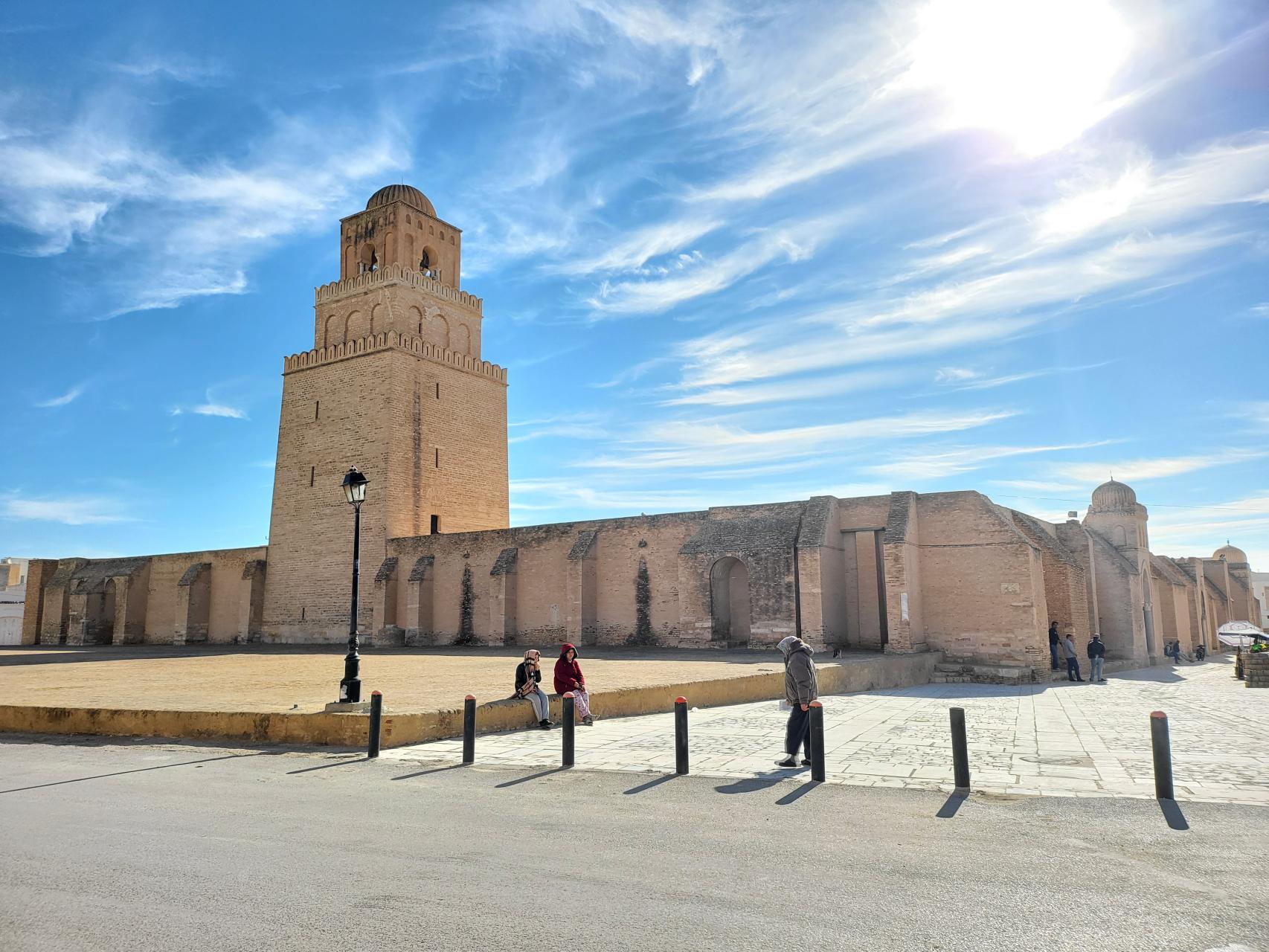
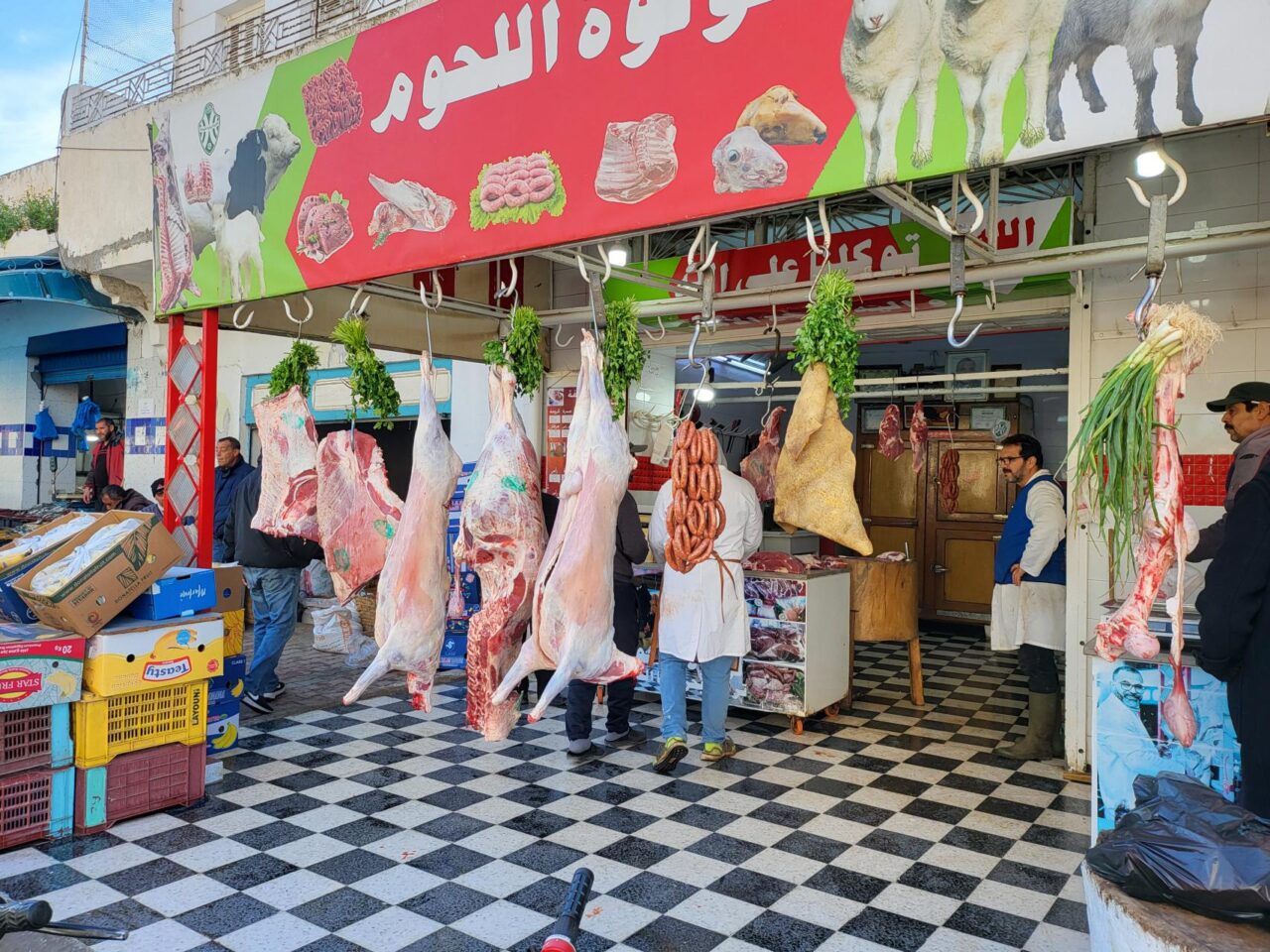
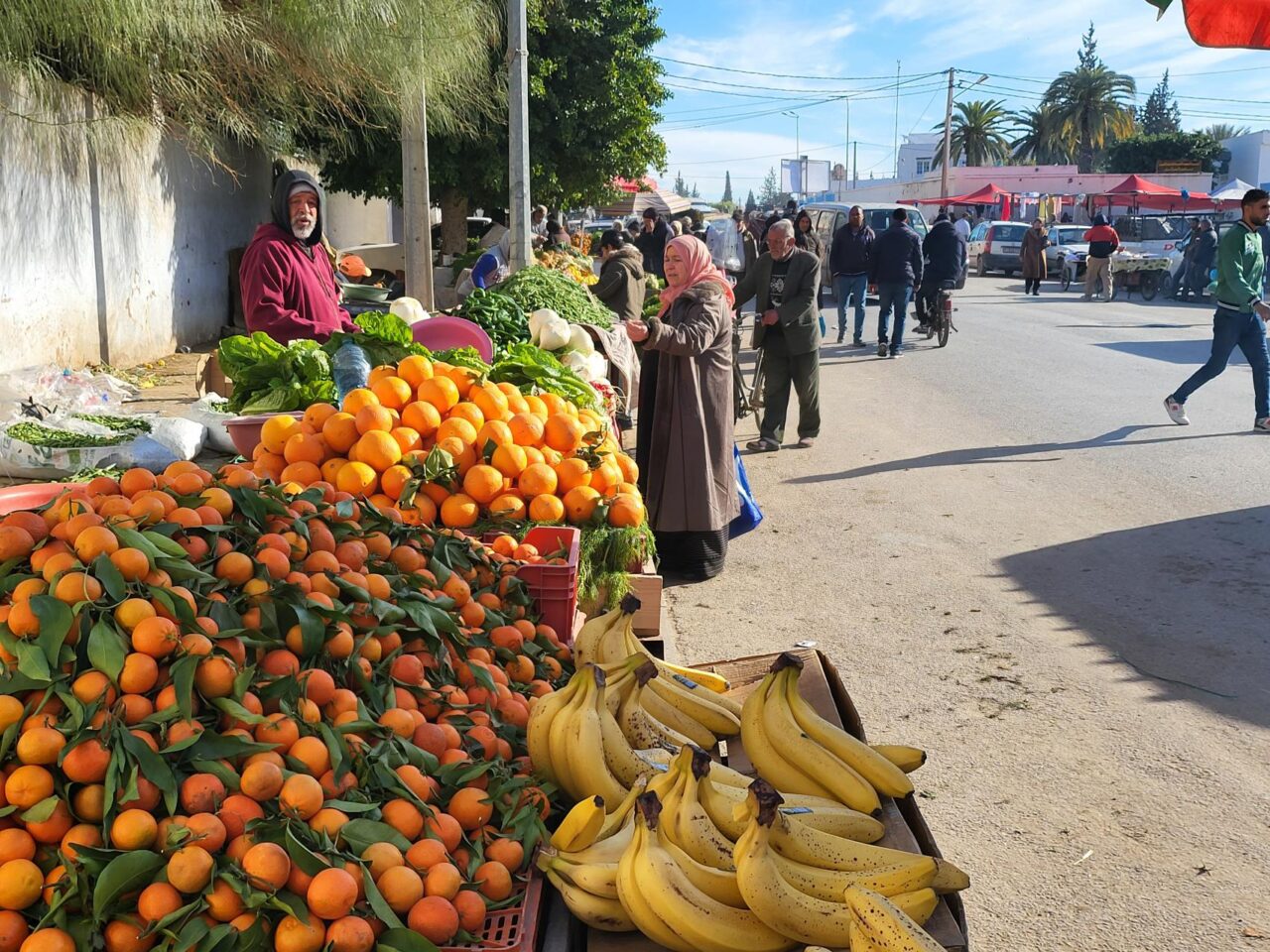
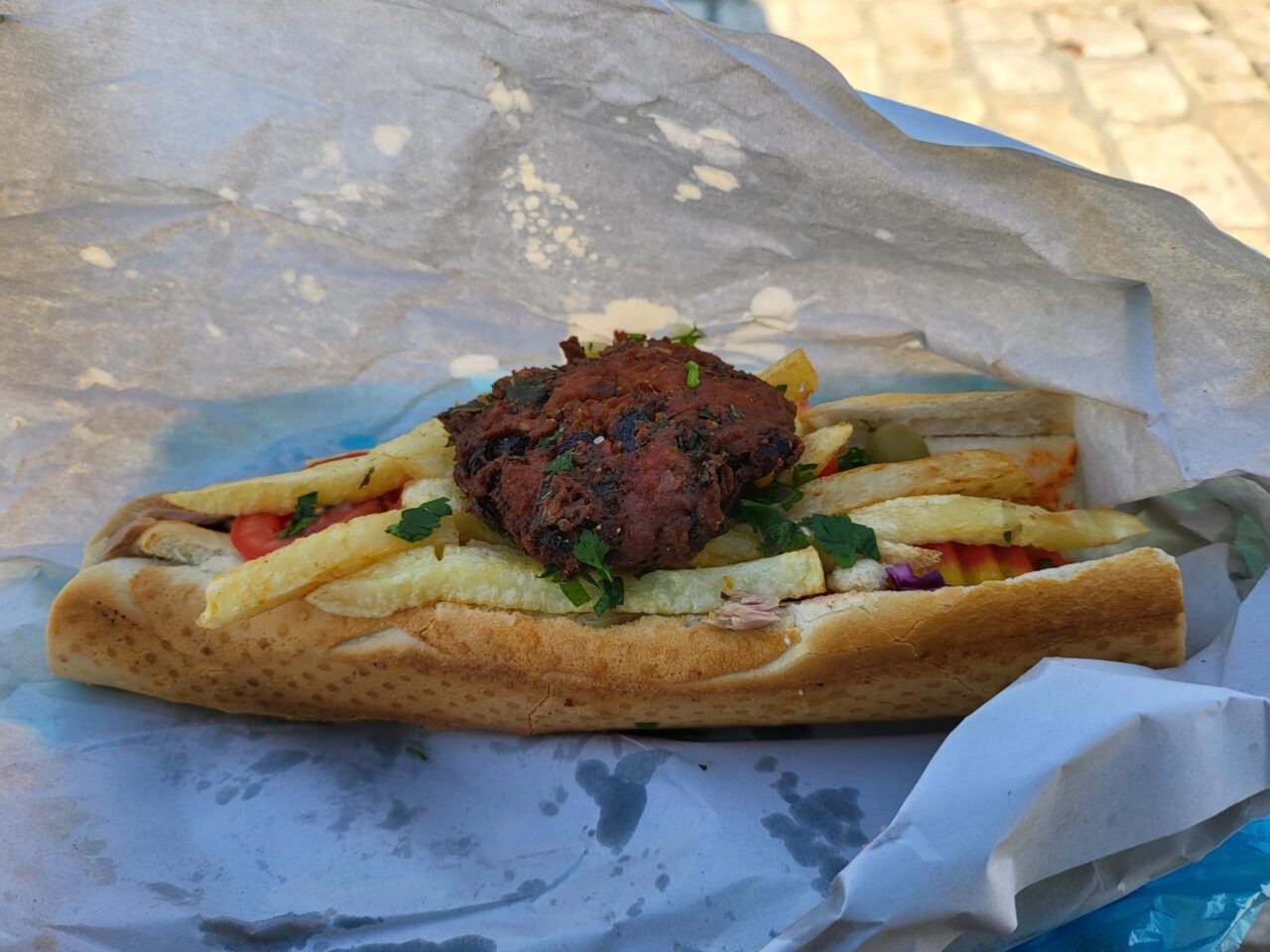
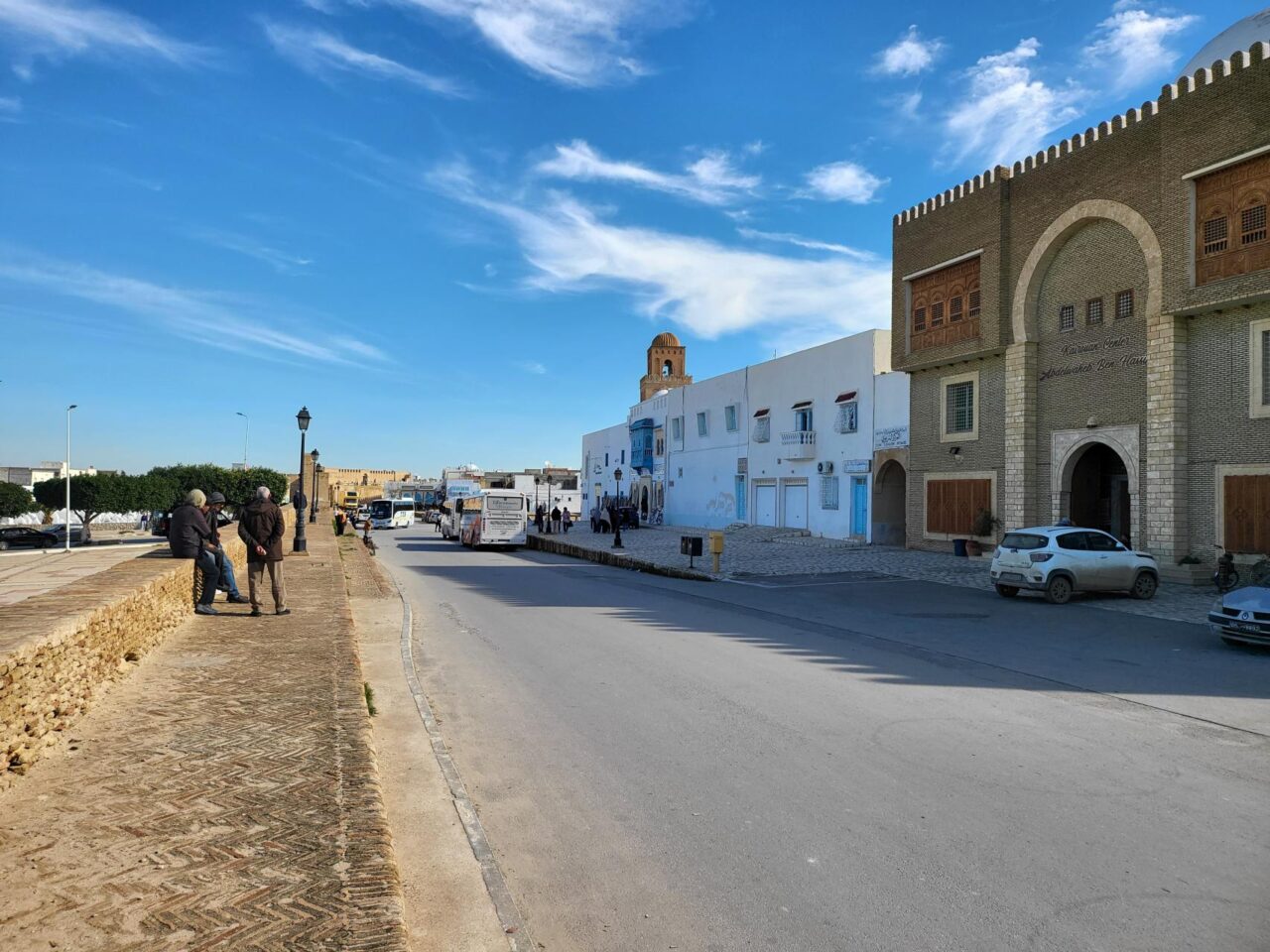
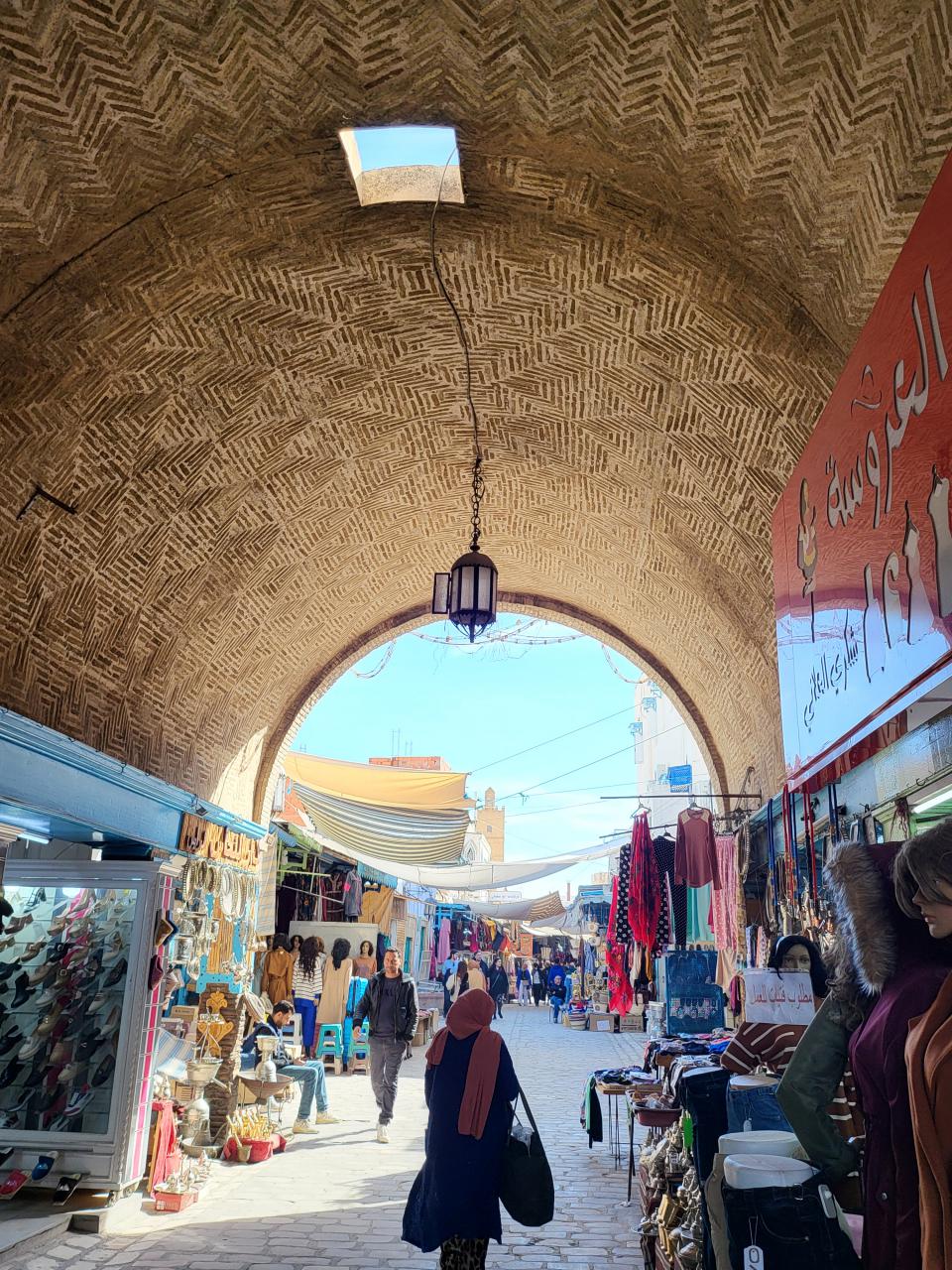
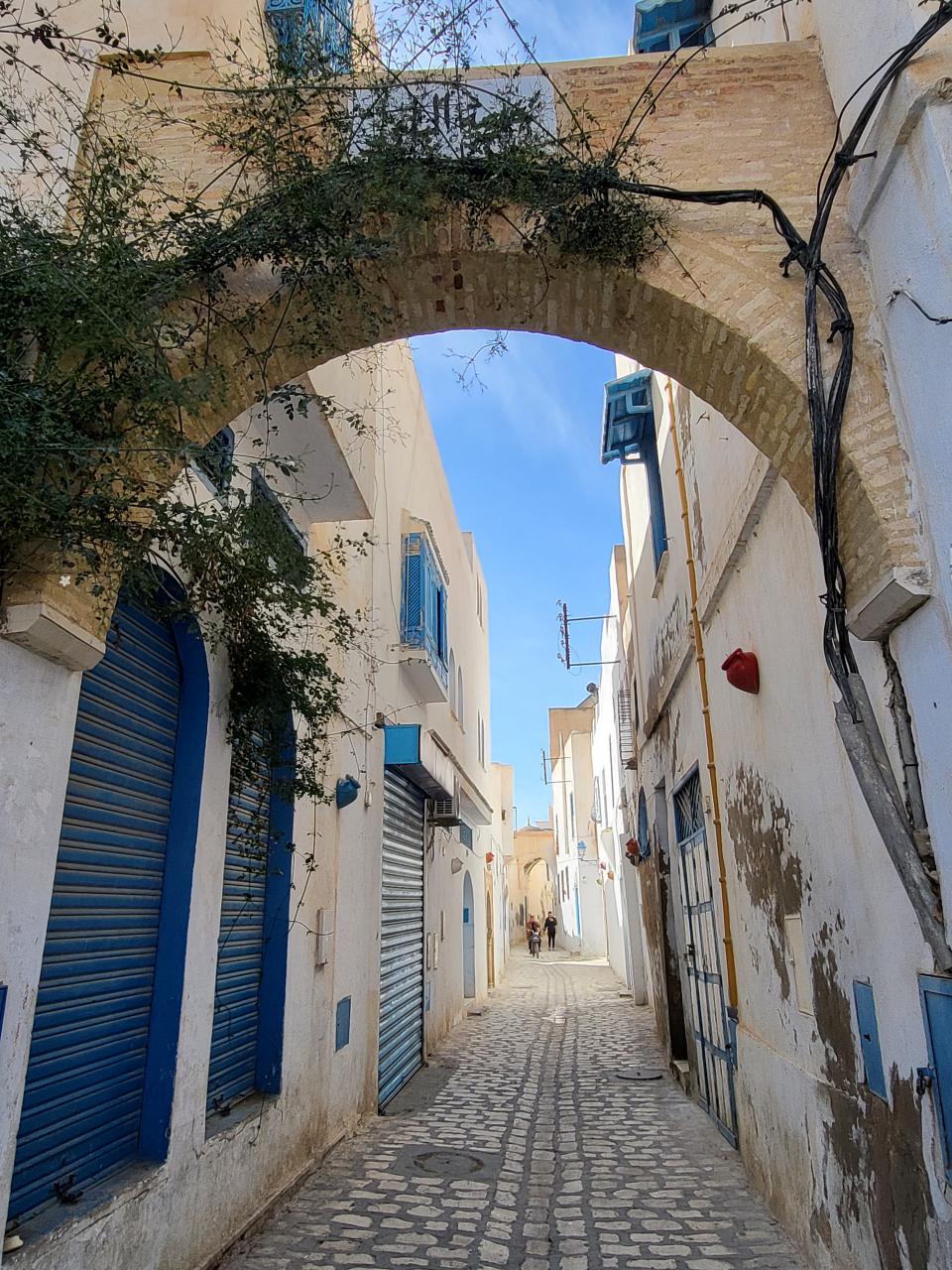
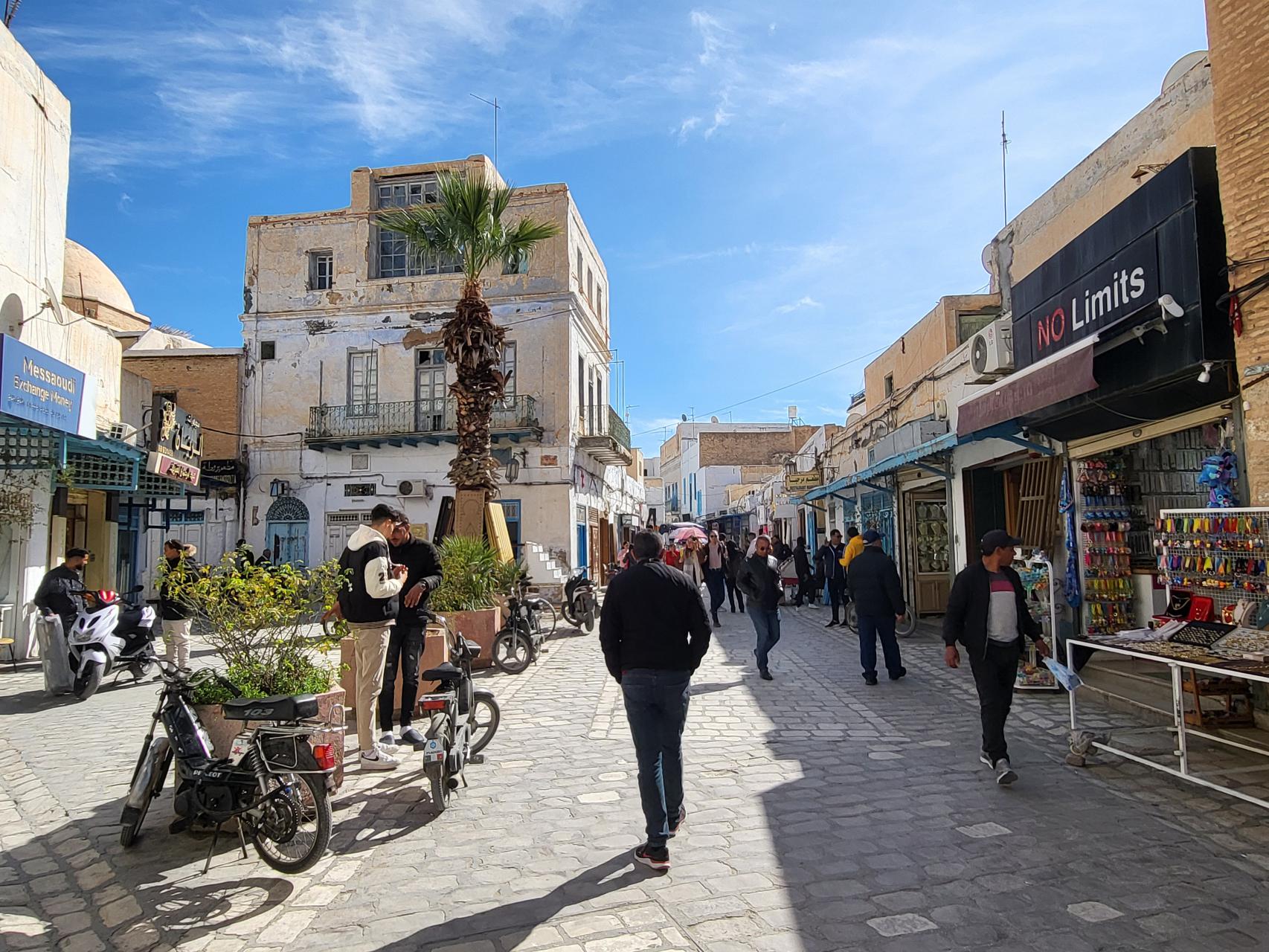
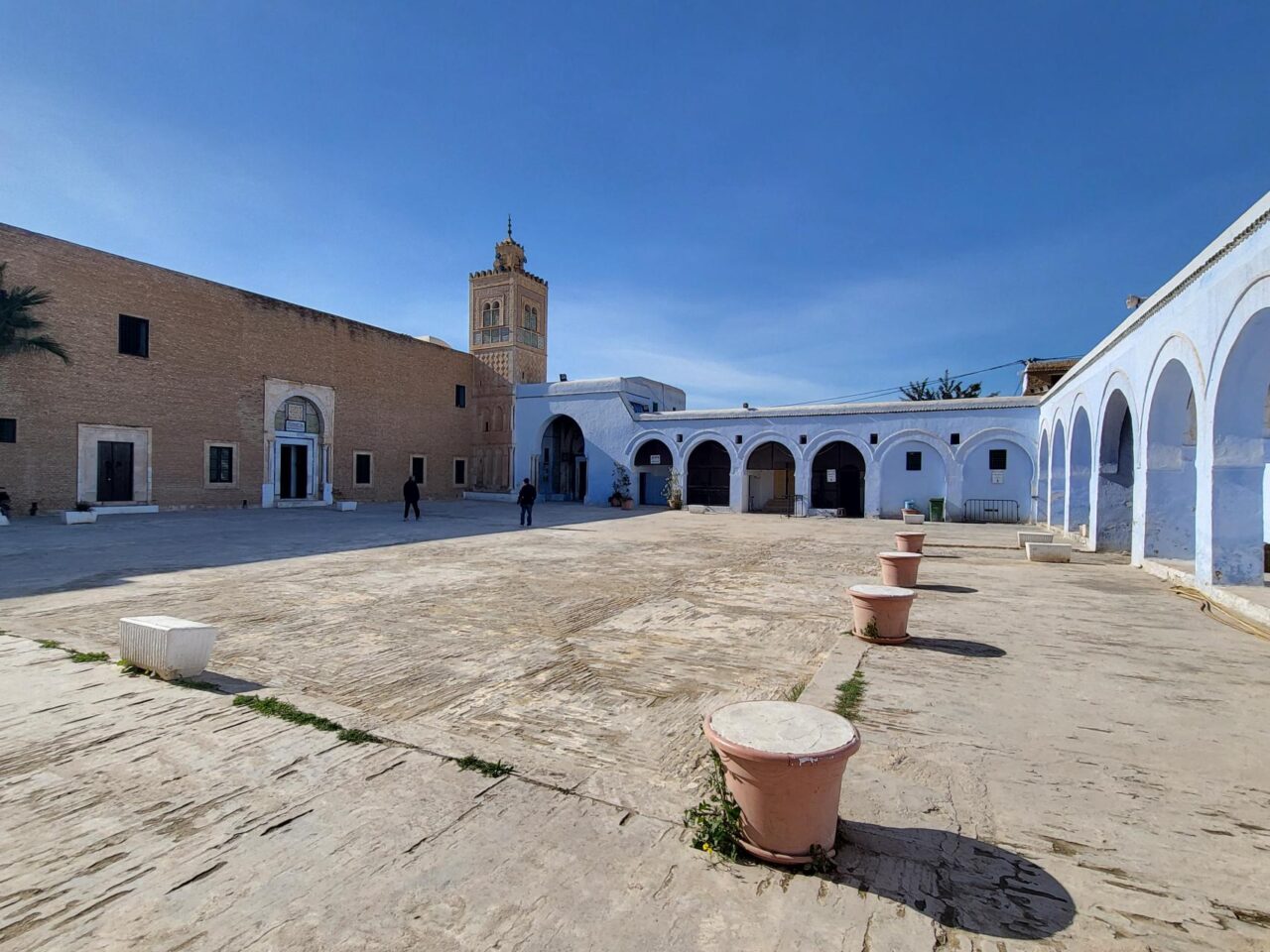
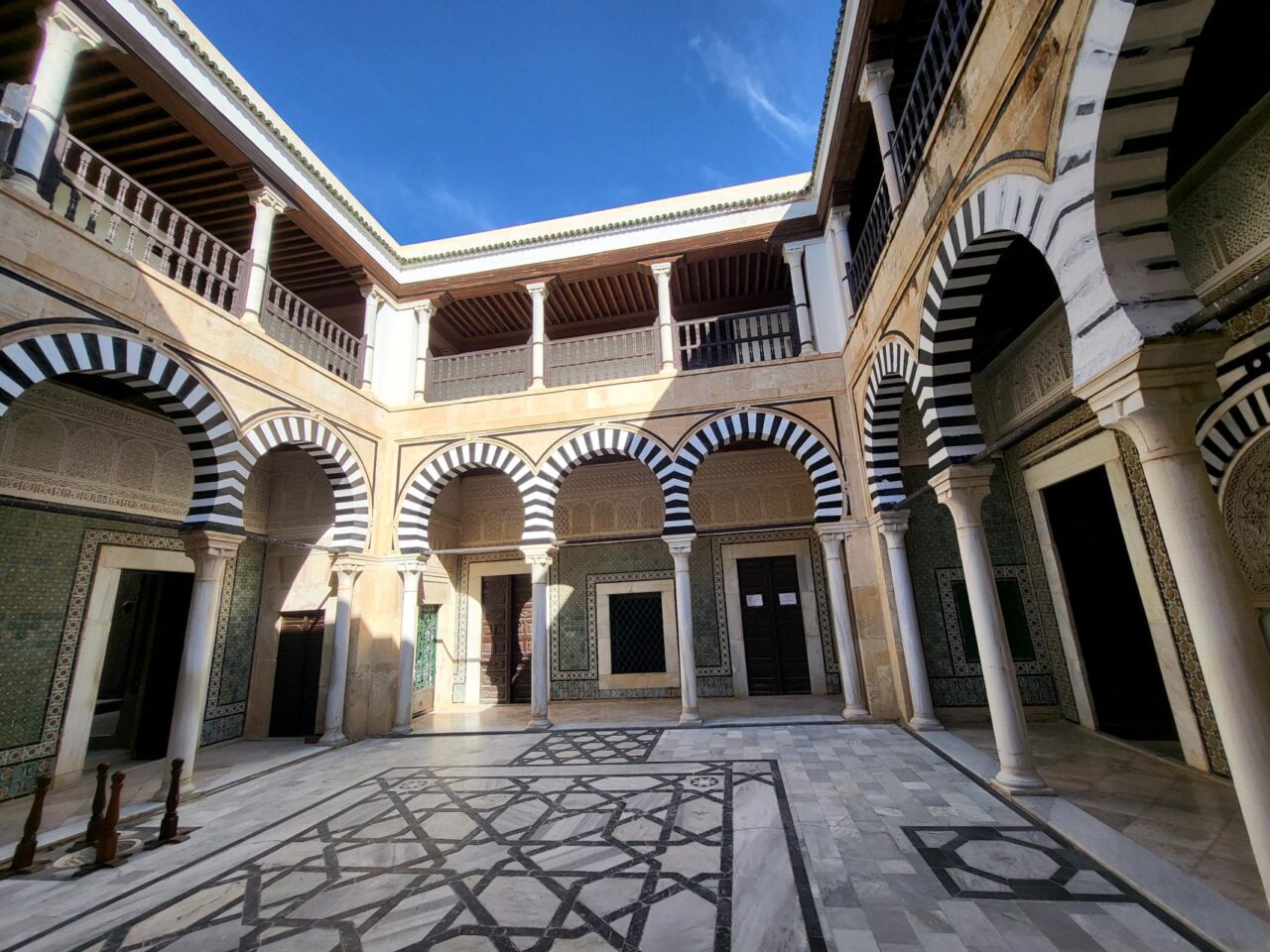
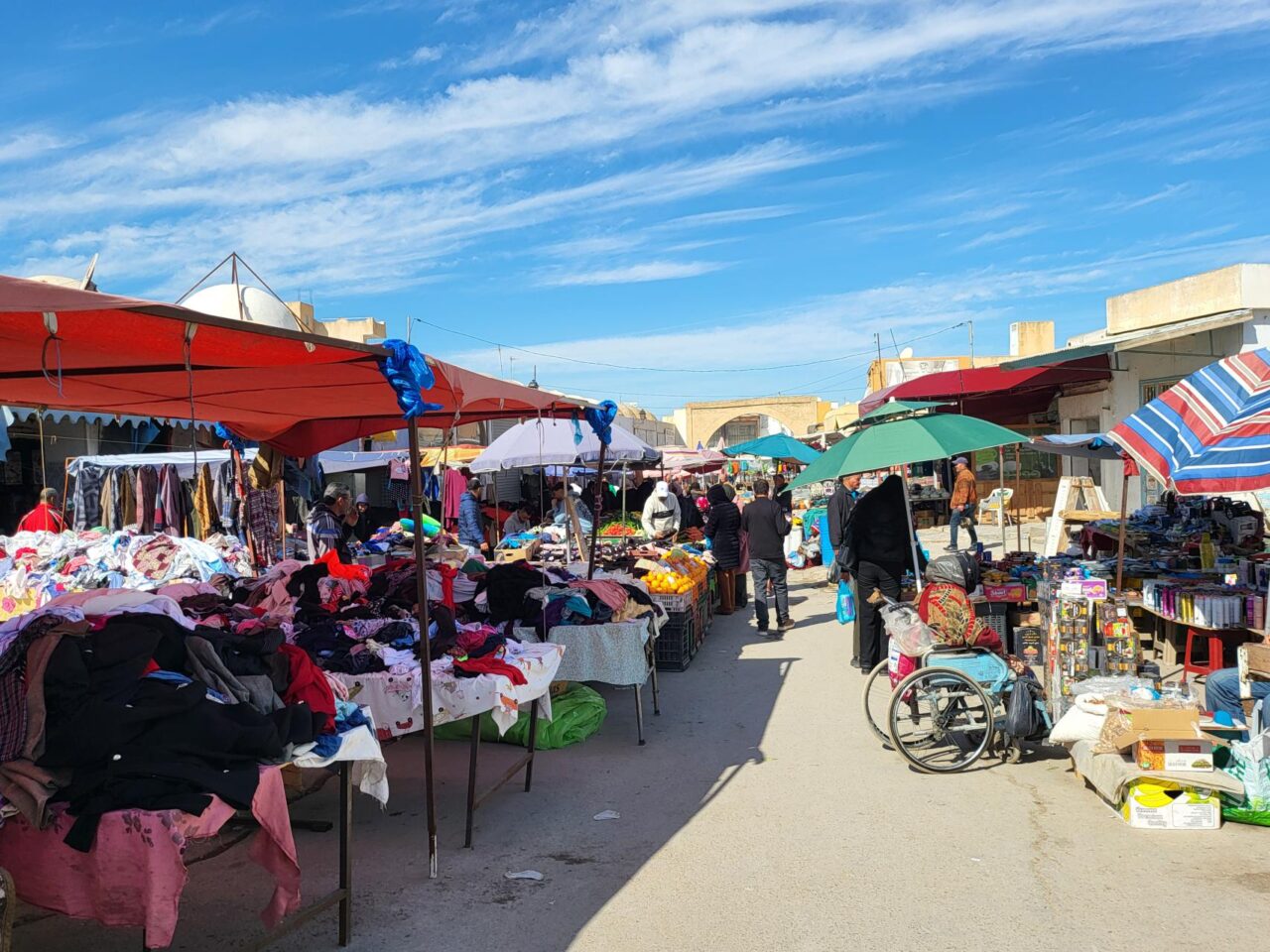
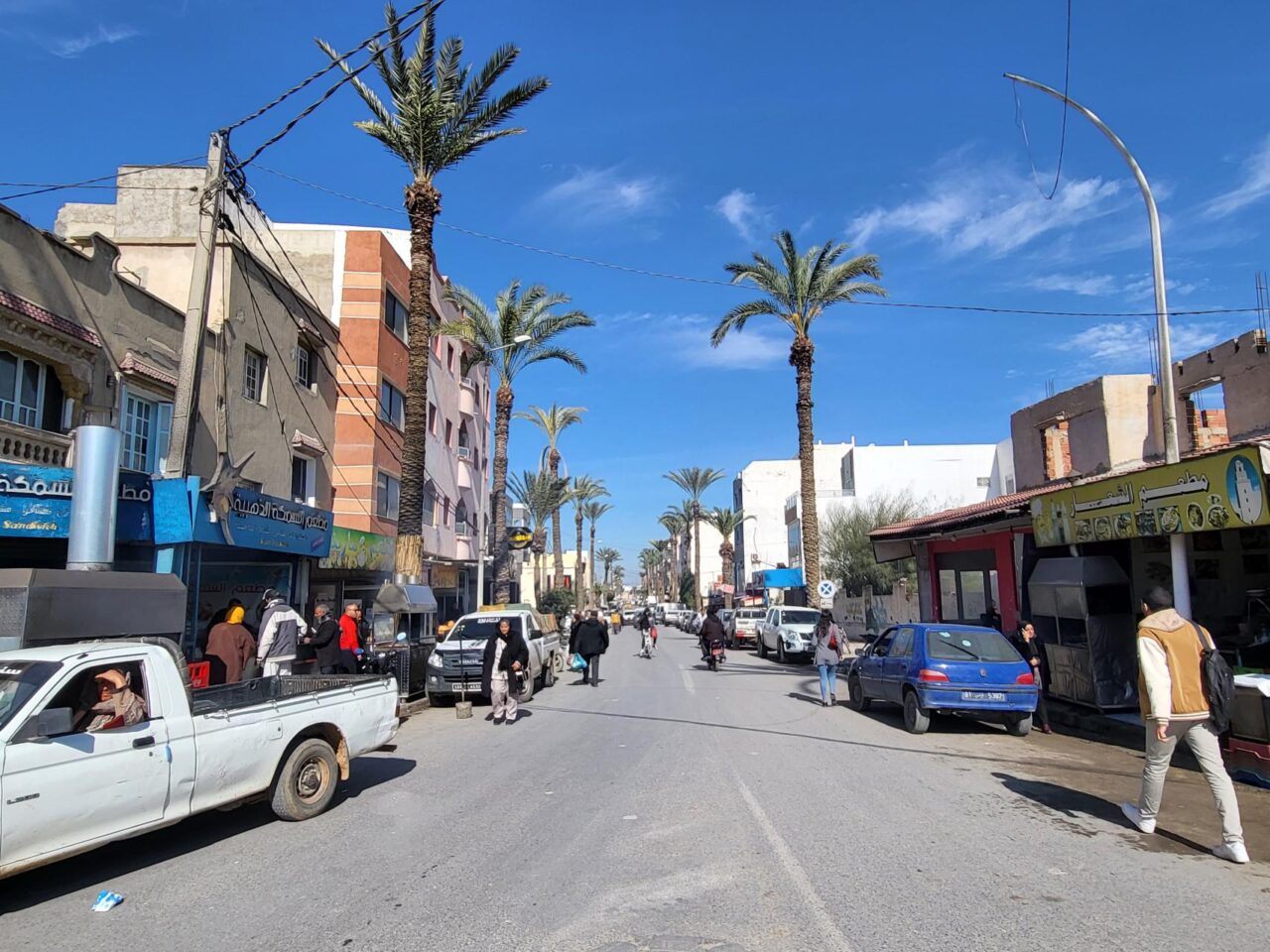
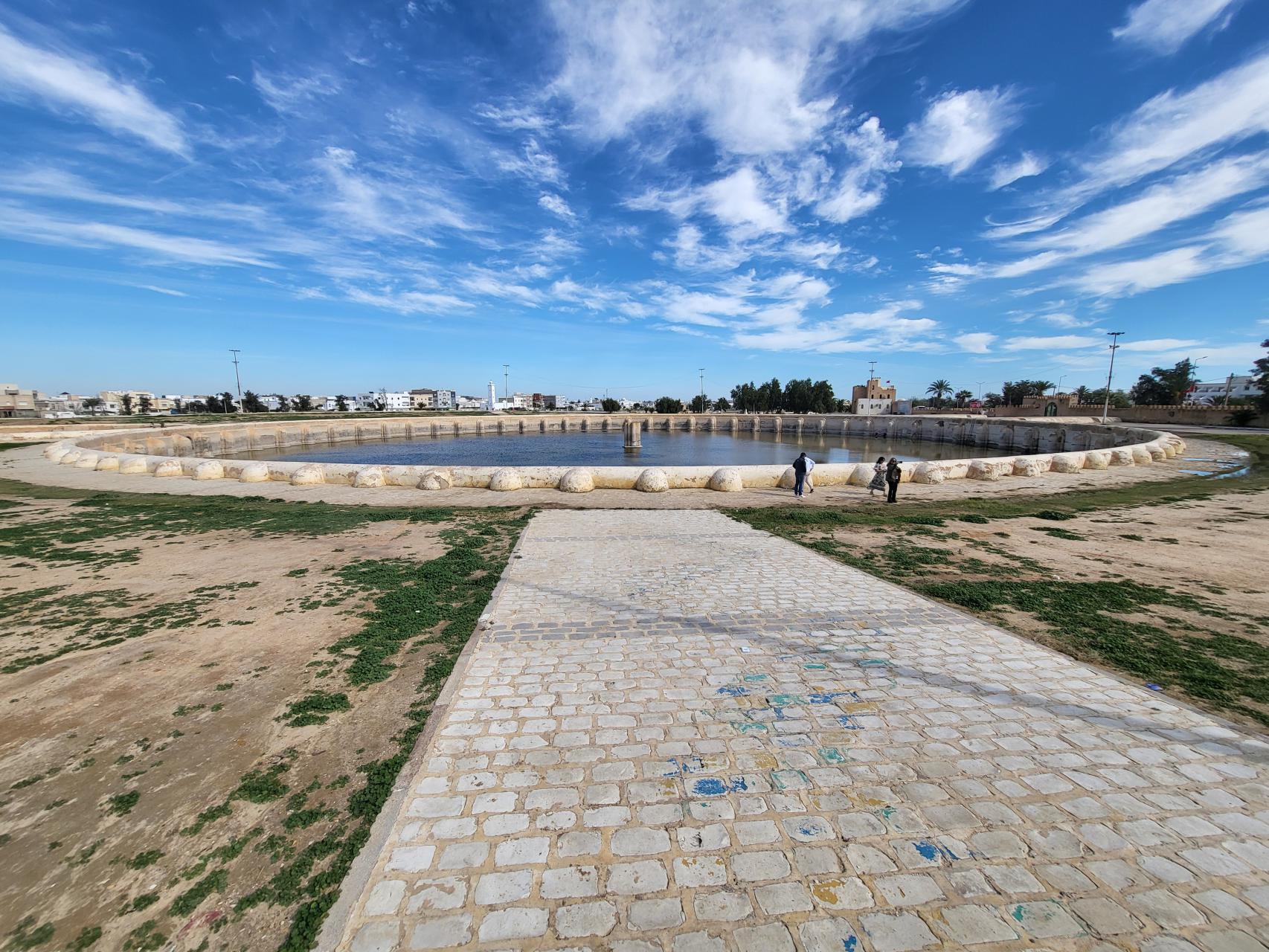
Monastir, Tunisia. Visited on 13 February 2025 – Stop 4
From Sousse, I make another day trip to Monastir, only 22 km away, almost a brisk walk away.
Mediterranean came ashore crystal clear and it’s hue like the green gemstone of utmost clarity that mesmerized a girl helplessly in love. But this is the time of the year when the chill has arrived, the beach looks forlorn. This morning, the fog also descended over the town trying to put it under wrap. Anything that tries to reach for the sky disappears in it.
Chasing the attractions, I first caught sight of Bourguiba Mosque, built in 1963. Though not old enough to be historic, it is built elegantly in the heart of the town as a cultural and religious center that commands and deserves attention.
I then came to the Mausoleum of Habib Bourguiba, a monumental grave dedicated to Habib Bourguiba, the proud son of this town who became the country’s first president and a leading figure in its fight for independence. Two 25-meter-tall minarets give it the stature it deserves. A central golden dome, accompanied by two smaller green domes, crowns the central part of the complex, enhancing its grandeur. It is somber, not morbid; elegant, not ostentatious – an ensemble fitting the memories.
Most came to Monastir to see the Ribat of Monastir. Founded in 796 CE, it was a fortress and a fortified monastery for Muslim warriors. Made off the original brownstone and bricks, the ribat keeps it looking harmonious and undistracted. Within its walls, the interior lobby, prayer chamber, corridor and cells suggest it was not meant to function only as a defensive fortress but as a living quarter. This makes it one of the most interesting ribats I have seen. I climbed to the top of the tower, the panoramic views unobstructed, except by the unyielding fog. At the front, within only tens of meters, the beach and the sea is its forecourt, where the unfriendlies and unwelcome in ancient times dared to approach.
A history that lingers, that I could feel, in the Ribat, the old souk and medina. Monastir, by the enchanting Mediterranean, is historical, but ageless.
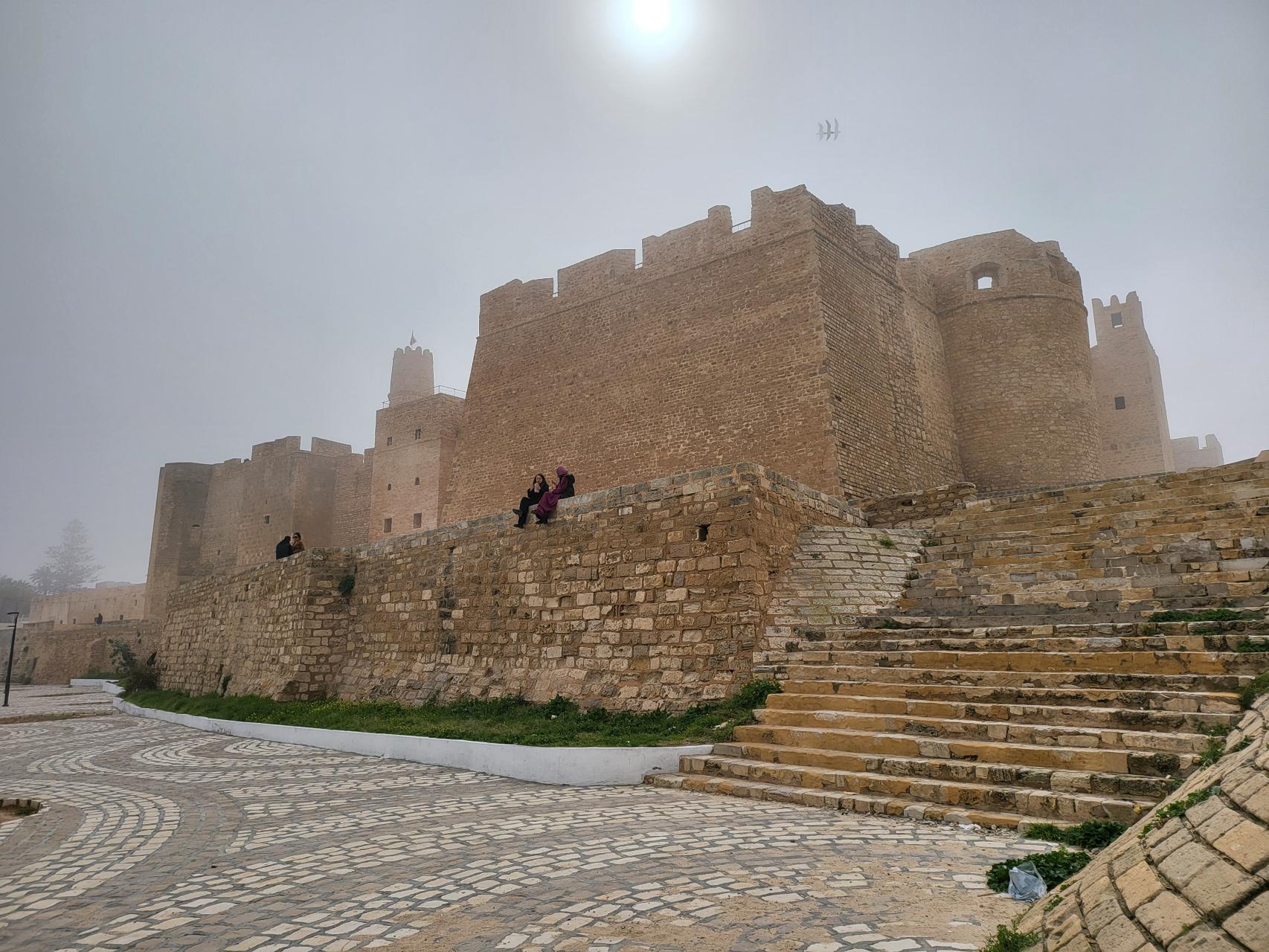
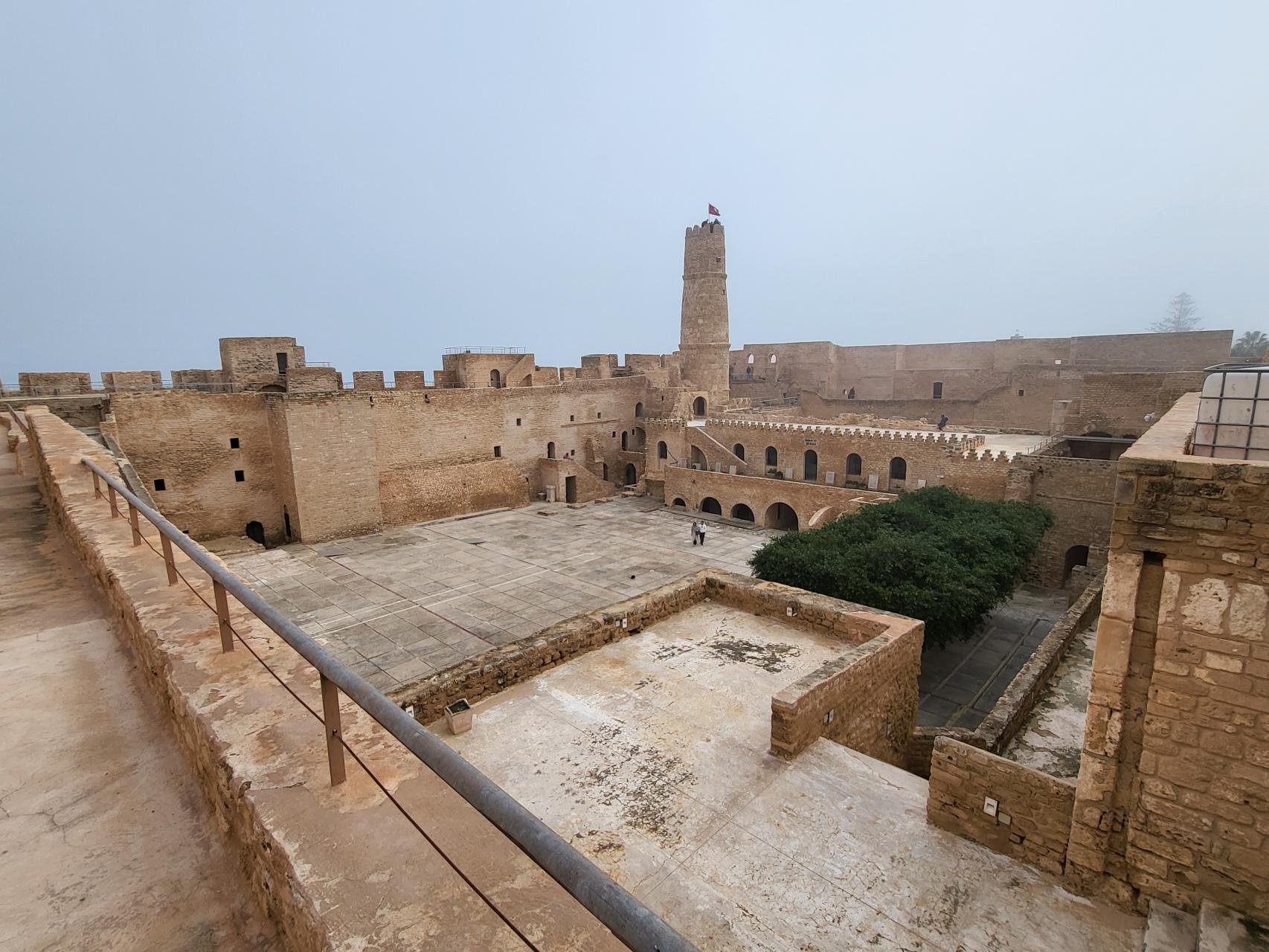

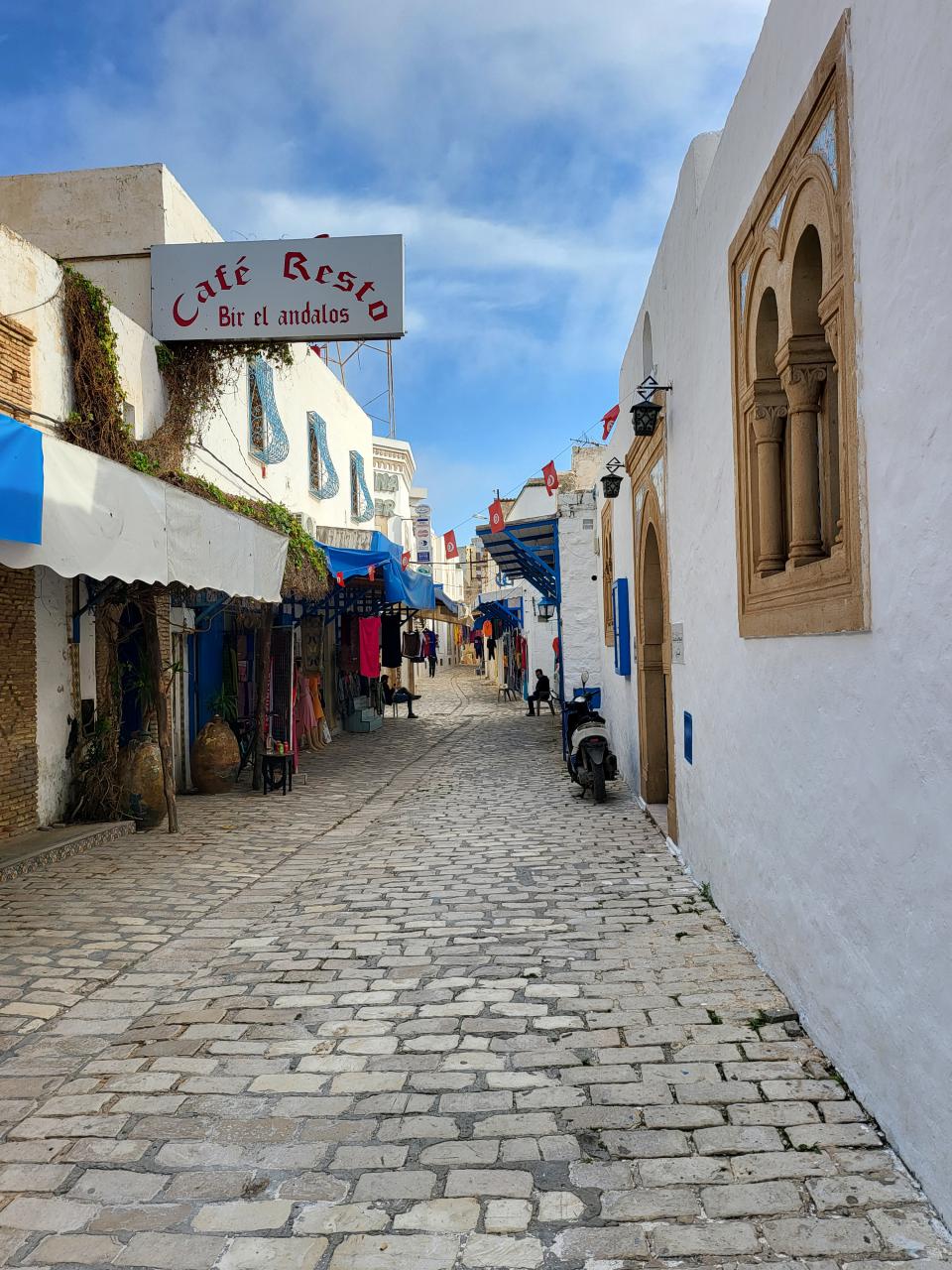
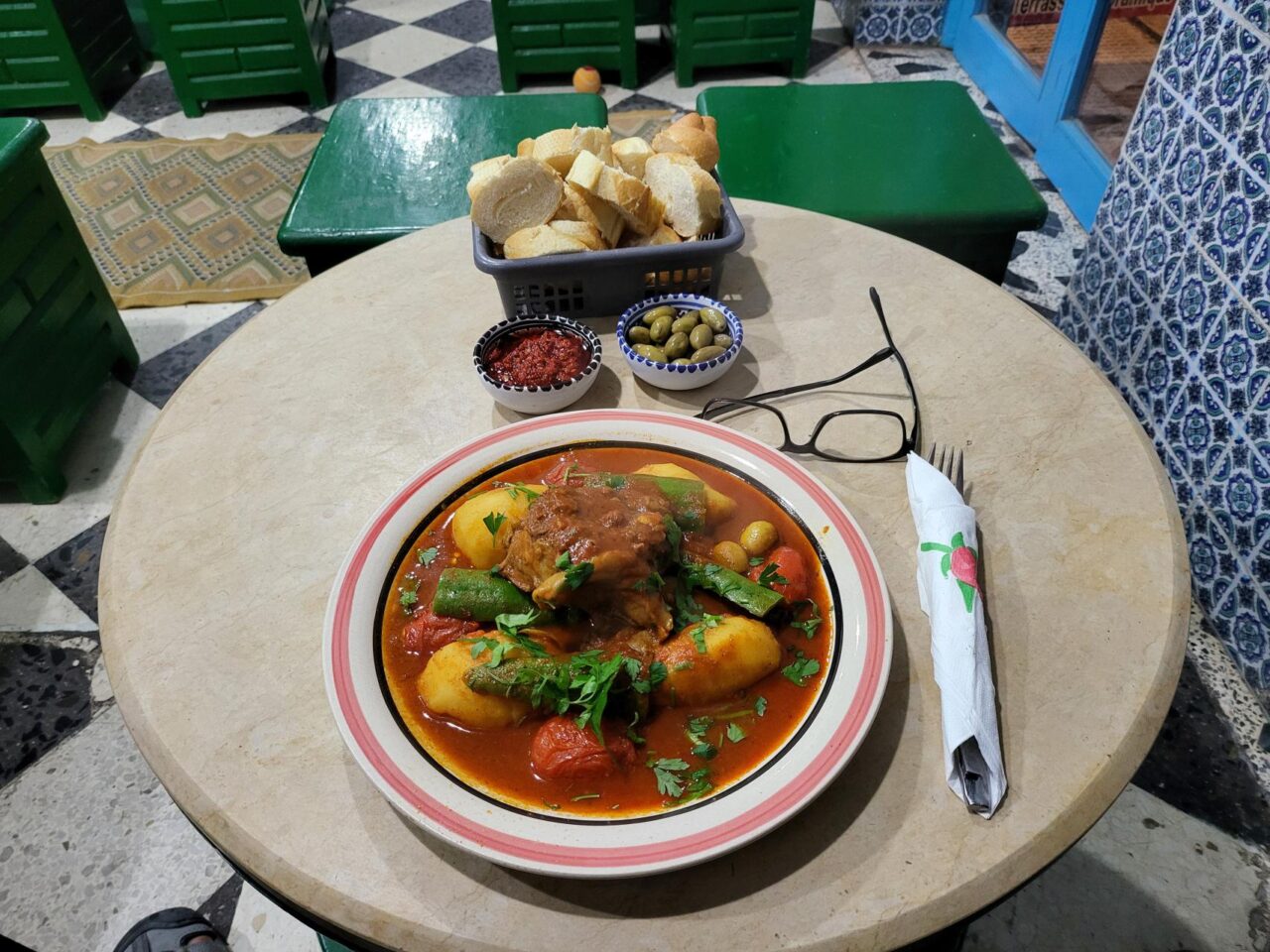
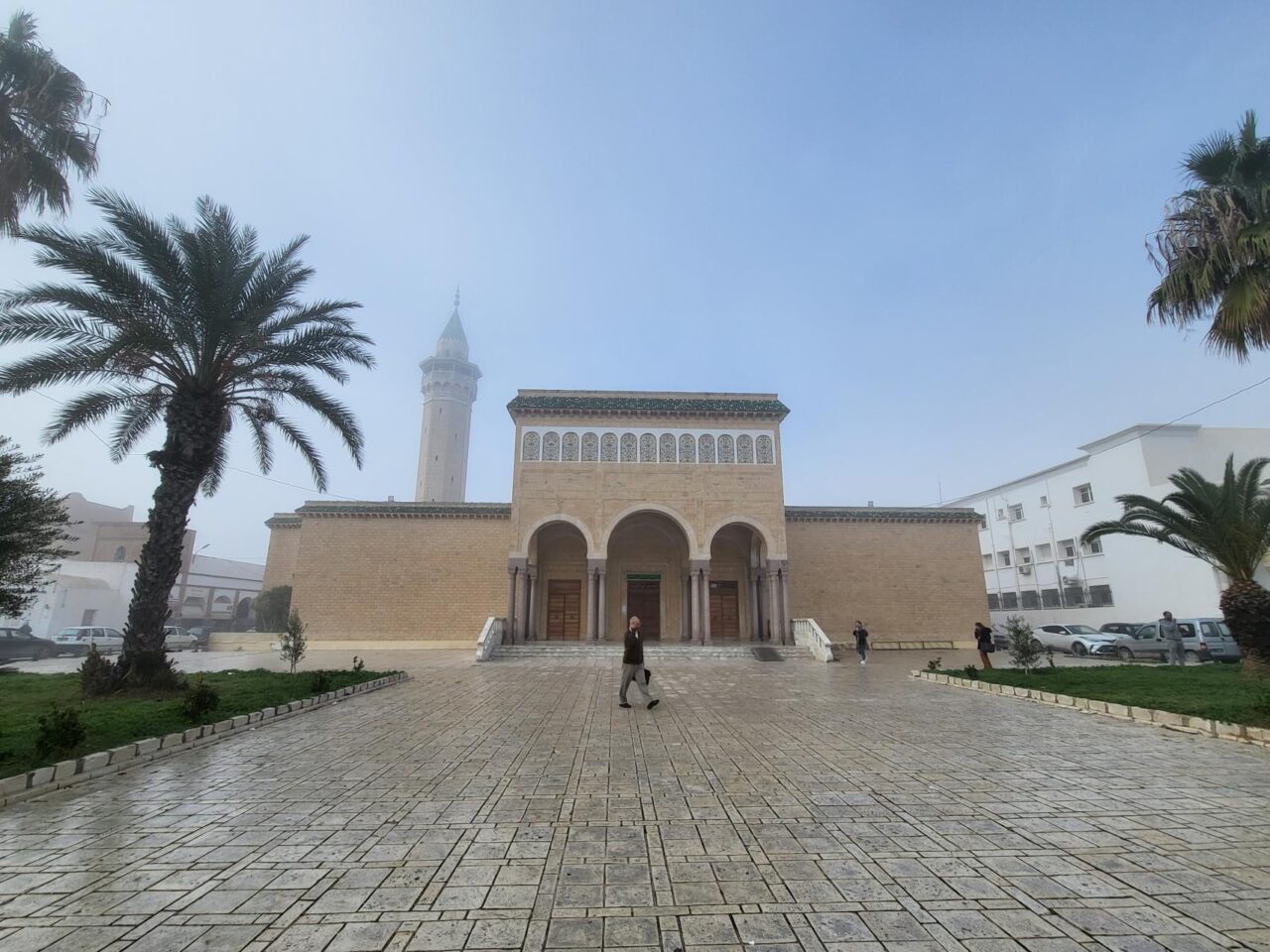
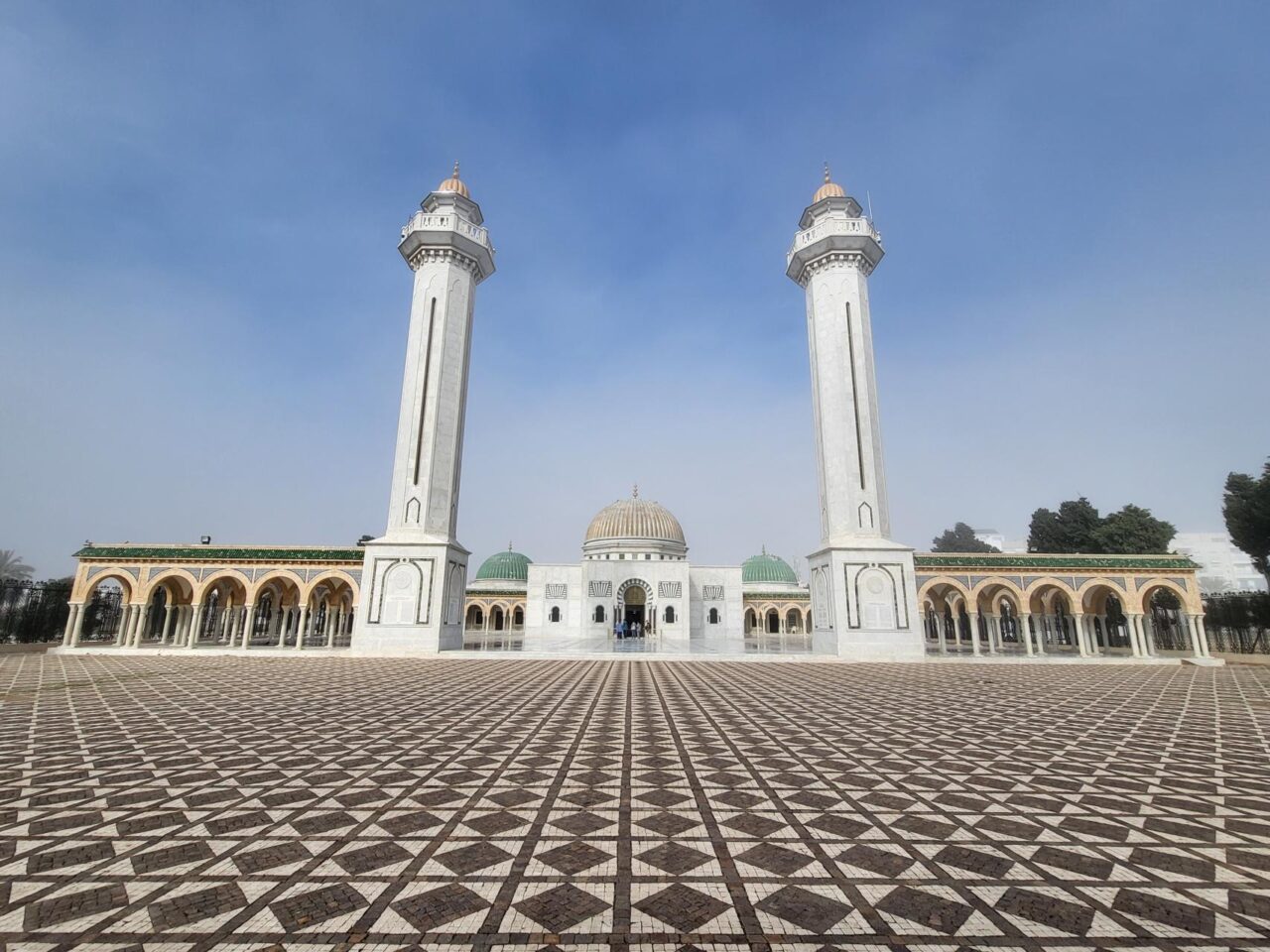
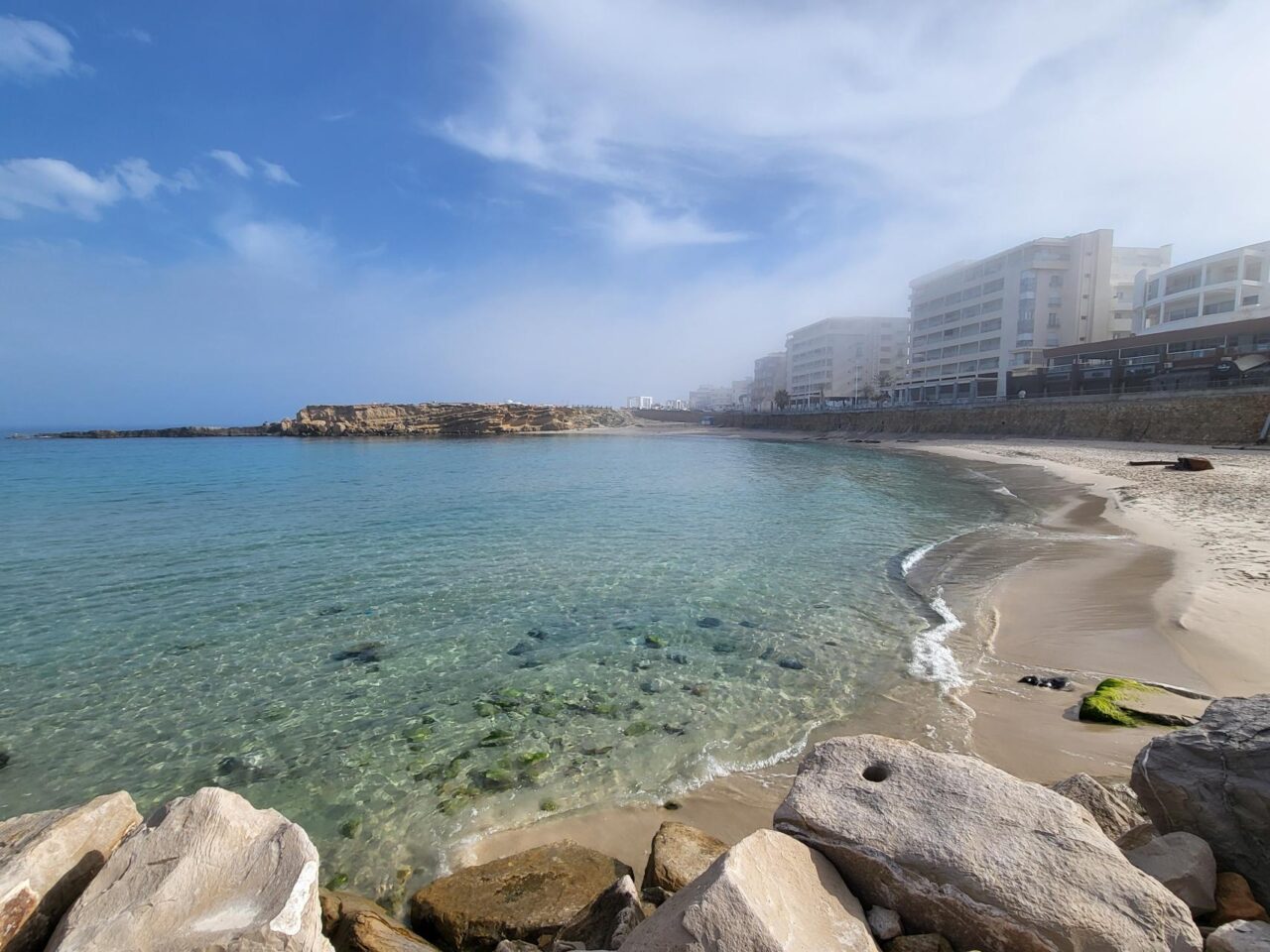
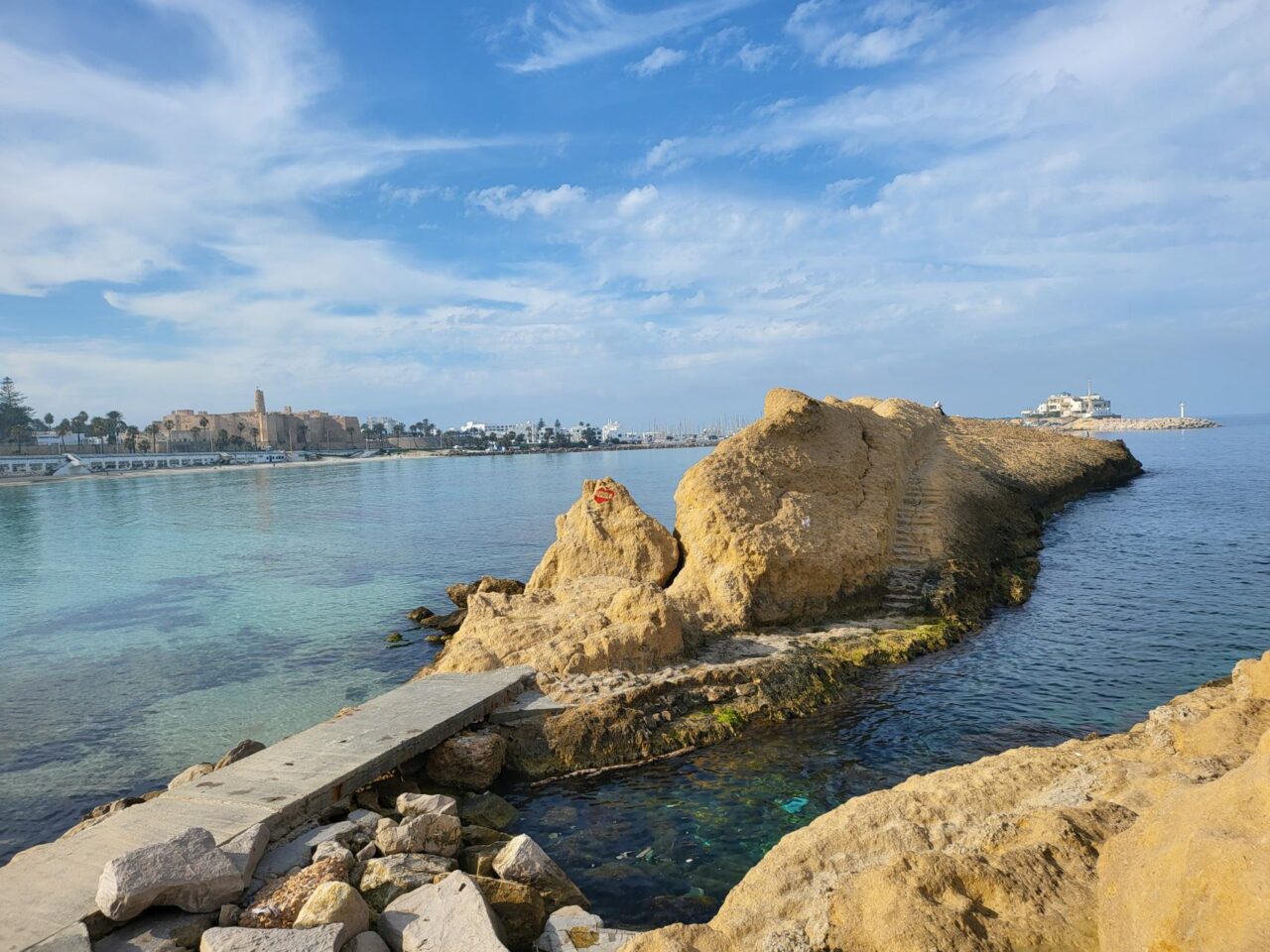
El Jem, Tunisia. Visited on 14 February 2025 – Stop 5
For the third day in a row, I was making a day trip from Sousse, this time to El Jem, just 70 km away.
Its former Roman name was Thysdrus, easy to conjure up visions of the Roman era and sounding much more theatrical and dramatic. Visitors come to see one attraction—the El Jem Amphitheater.
From the local shuttle minibus station, I headed straight to the Amphitheater. Like the Colosseum in Rome, it is colossal – one of the largest in the world and can hold 35 thousand spectators. It was built of large stone blocks without using mortar. It leaves itself wide open to the element through the centuries – an open design that has no top. Yet it has stood its ground and is well preserved today.
I could see vividly how it was back in its heyday – men tangled with animals, men tangled with men, roared on by the bored populace screaming for blood. It was entertainment. We have come a long way from that – letting 22 men chase a ball nowadays is a much more civilized entertainment.
The sun permeated the arcades, turning them golden, the yellow stone bricks radiant. The vibrant blue of the sky canopy stood in stark contrast to the age-old brown of the amphitheater. There was no roar today, only the whispers and demurred excitement of visitors. The chill made the air fresh and the ears the coldest part of the body. A perfect day, to showcase this showpiece – of Roman grandeur and Tunisian‘s rich culture.
The El Jem Museum houses one of the best collections of Roman mosaics, featuring designs of daily life, Roman mythology, and patterns. While some pieces were missing, like missing jigsaw puzzle pieces, it still boasts an impressive collection of well-preserved Roman mosaics.
It seems the Romans have been frequent guests, mostly uninvited and overstaying their welcome. But the bygone has to be bygone. These parting gifts are cherished, and the monuments now treasured.
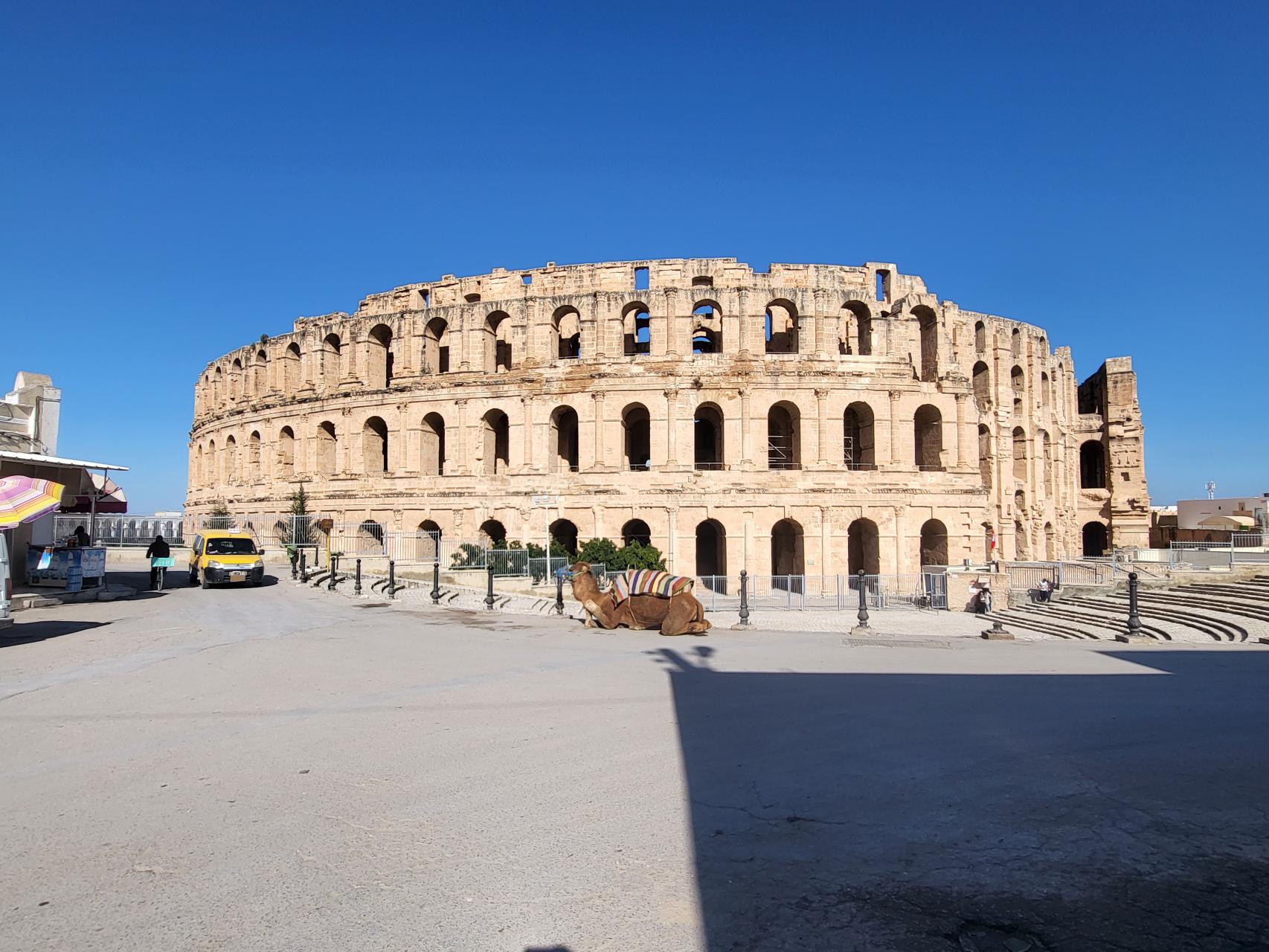

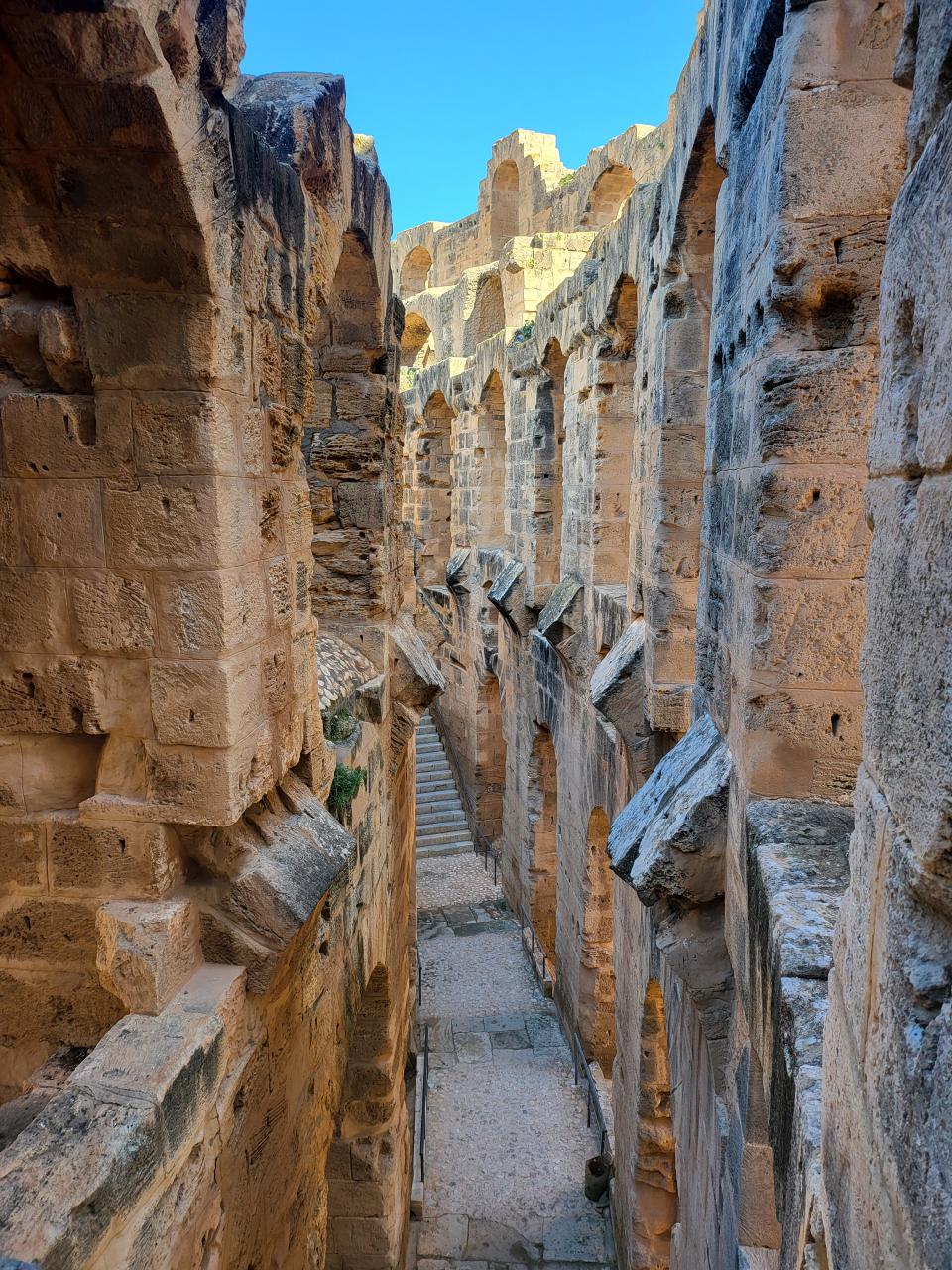
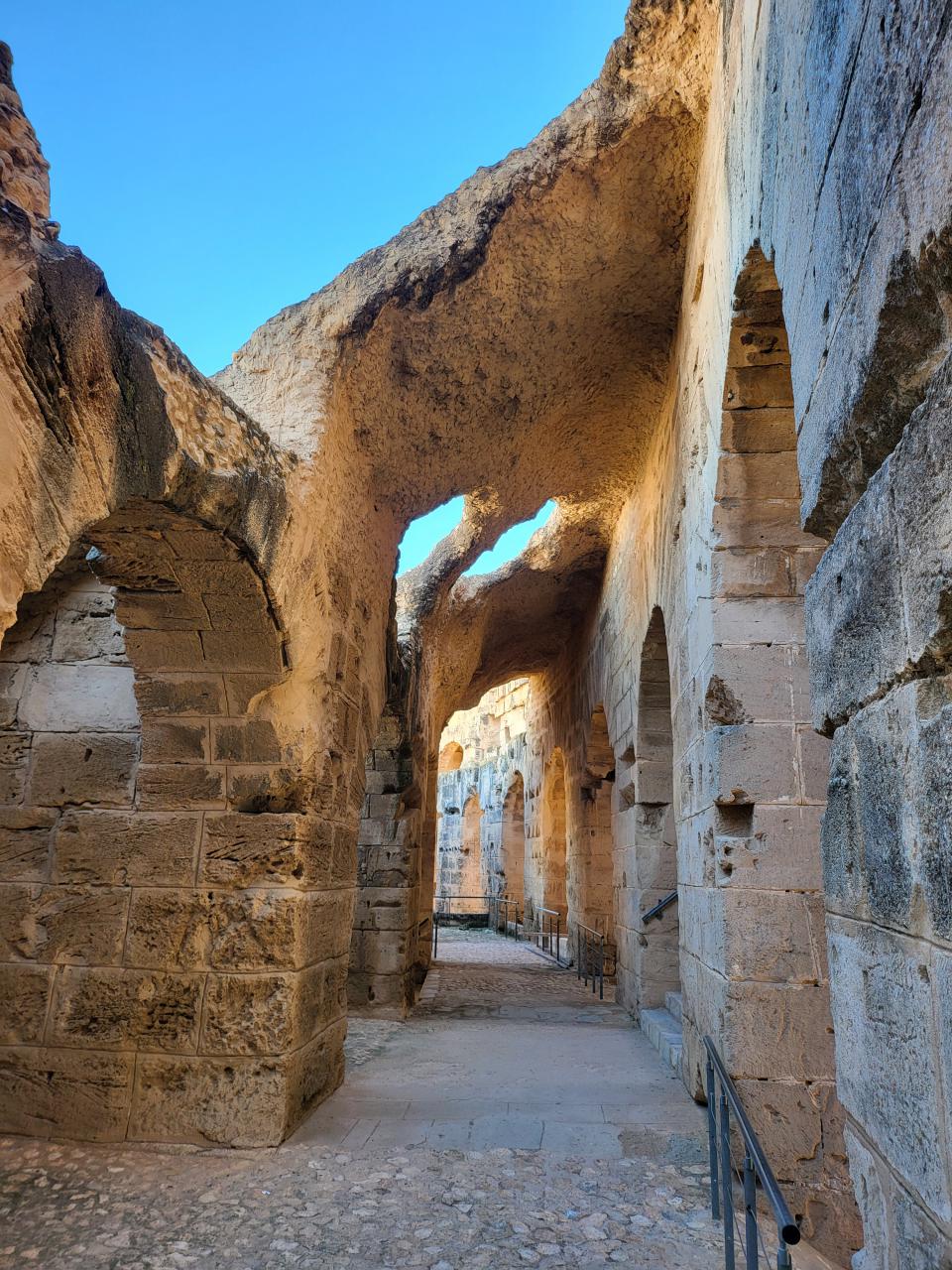
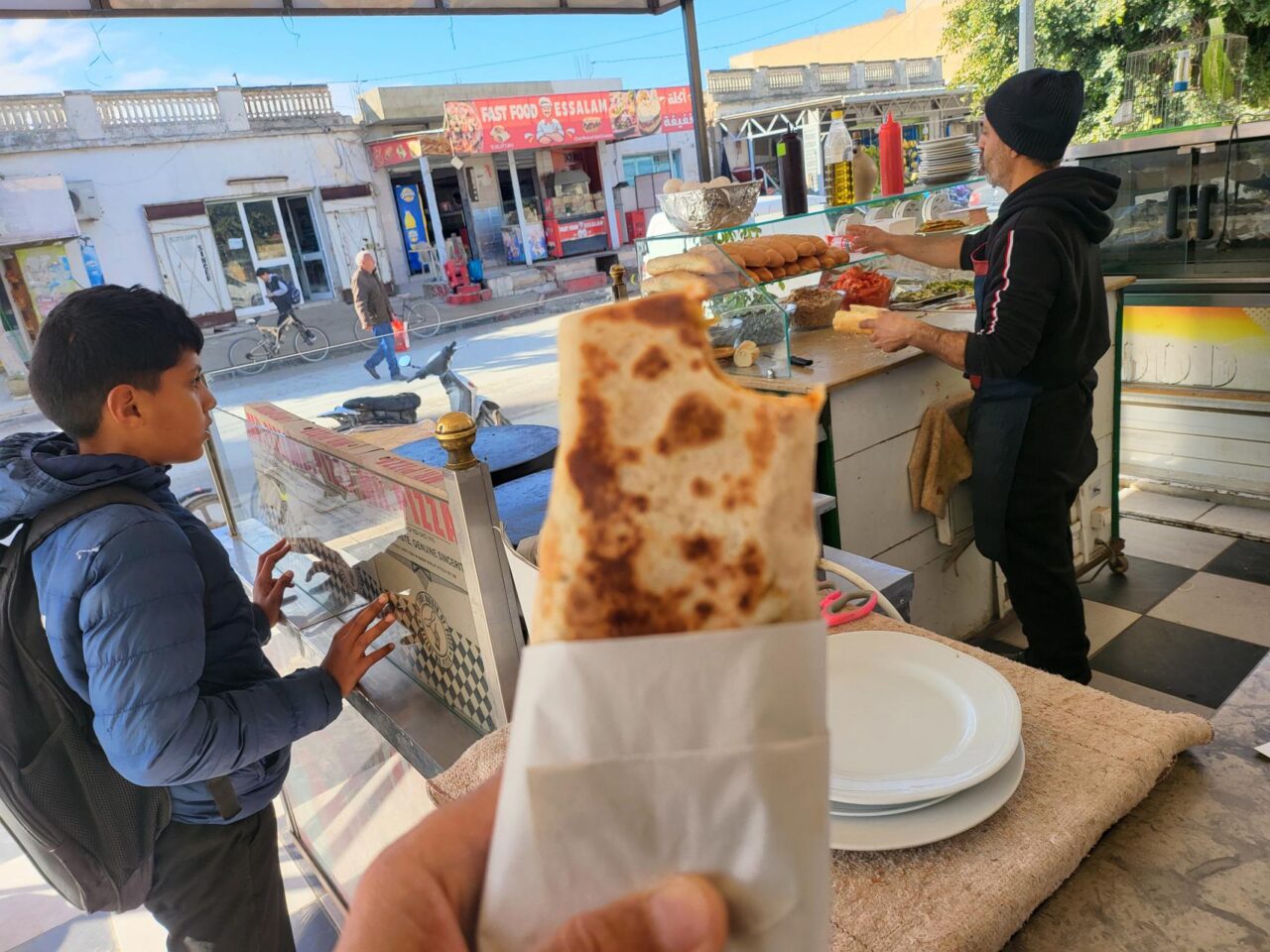
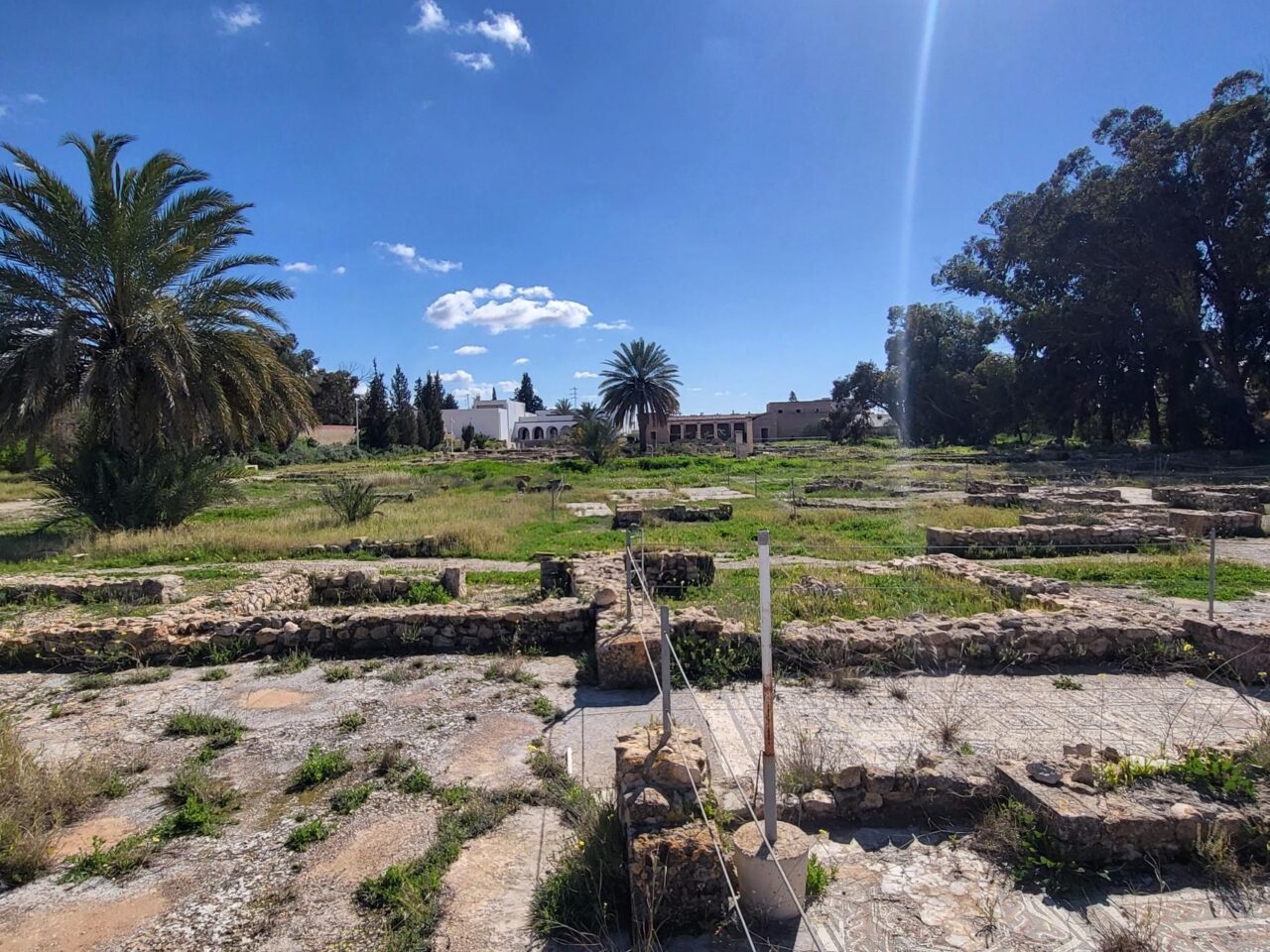
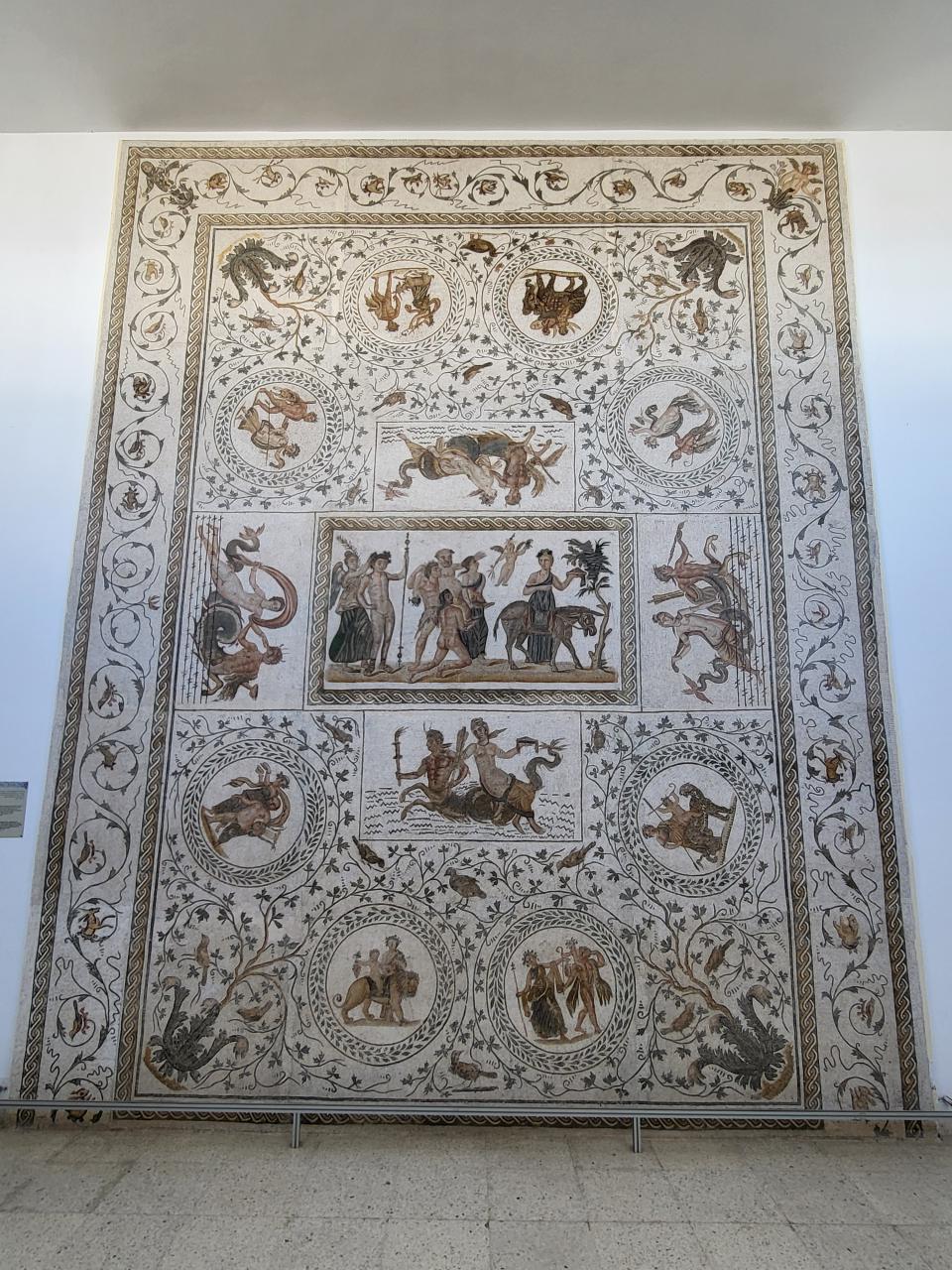
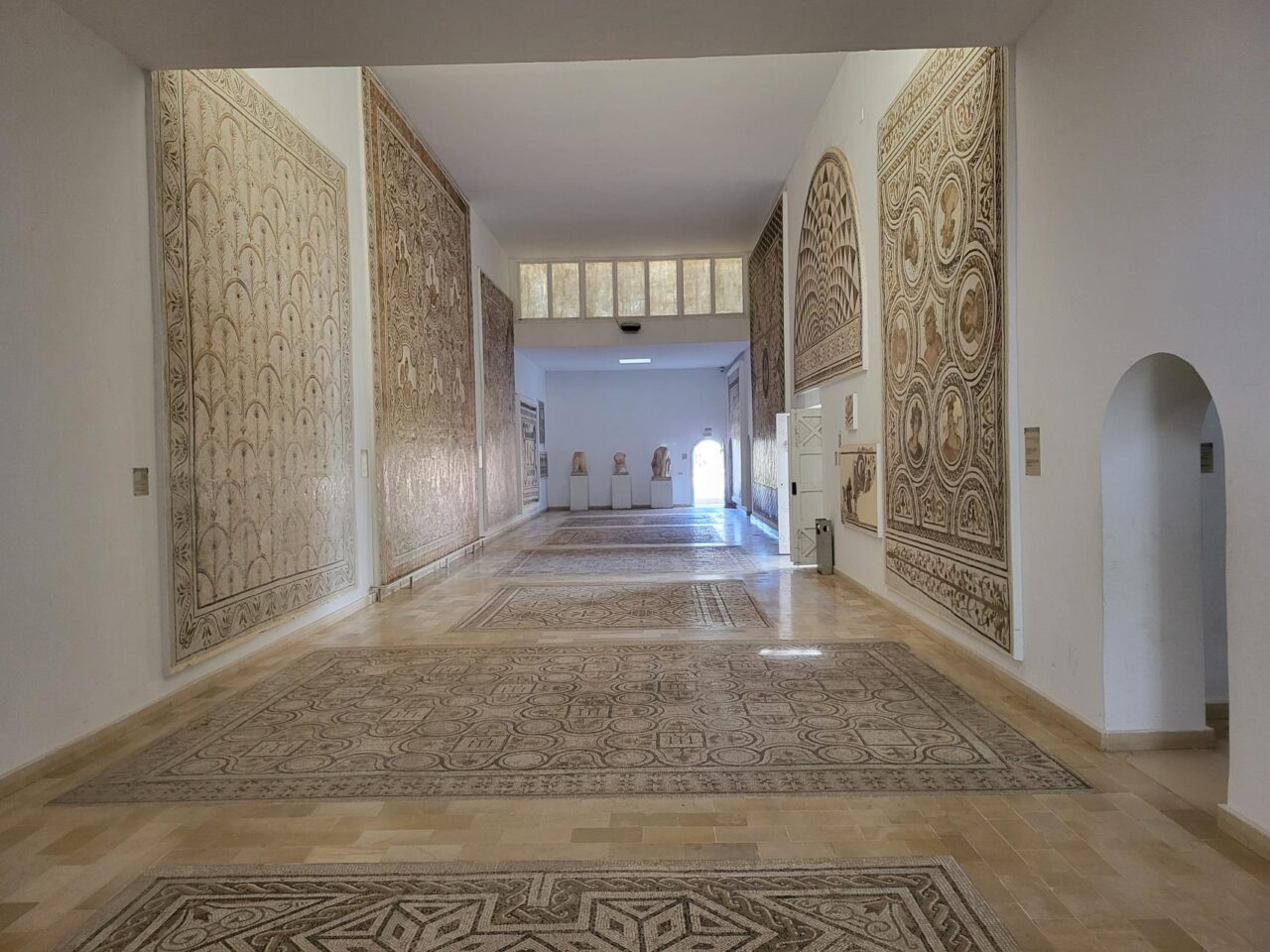
Carthage, Tunisia. Visited on 16 February 2025 – – Stop 6
After El Jem, I returned to Tunis. I rode the public bus early next morning to Carthage, only 16 km away by the sea. Once in Carthage, I started climbing the gentle Byrsa Hill. From the viewpoint, four broken ancient columns stood like partially burnt joss sticks facing the cities of Carthage and Tunis below, and beyond, the stunning Mediterranean. Rising above them was a mesmerizing azure sky on a day when the clouds had happily stayed away. The St Louis Cathedral proudly looked its age; it was built in 1884. In monochromatic white, without any superfluous adornments, with the vibrant blue sky as its backdrop, it looked monolithic, as if it were carved out of ivory in one piece. This was the site of the ancient citadel and is now the archaeological site of Carthage, home to the Carthage Museum.
I then walked to the Antonine Bath, one of the largest Roman baths. Though its roofs are gone, it is still relatively well-preserved, including the stone arches, columns, and brick walls. The roar of the waves, one wave, one roar, one after another, provided a throwback to Roman times.
Next, I visited the Roman Theater and Roman Villa, more relics of its Roman past. Then, I wandered to the Punic Port. Once a military stronghold, the port’s striking circular shape remains a fascinating relic of its past.
Lastly, I rode a taxi to a little town only 3 km away, Sidi Bou Said. It boasts houses painted white and blue. Today, especially today, when the sky opens up with its best blue, it is not who has a better blue, but how good they look together. I walked up the hill towards sunset, the horizon softening into a dreamy haze. At the hilltop viewpoint, the spectacular seafront was revealed. The day culminated like a movie.
I rode back to Tunis in a jam-packed bus, squeezed with no elbow room. Instead of frustration and flared tempers, I heard giggles, loud jokes, and apologies as we were tossed around. These ordinary Tunisians, are quite extraordinary.
Such a dream day.
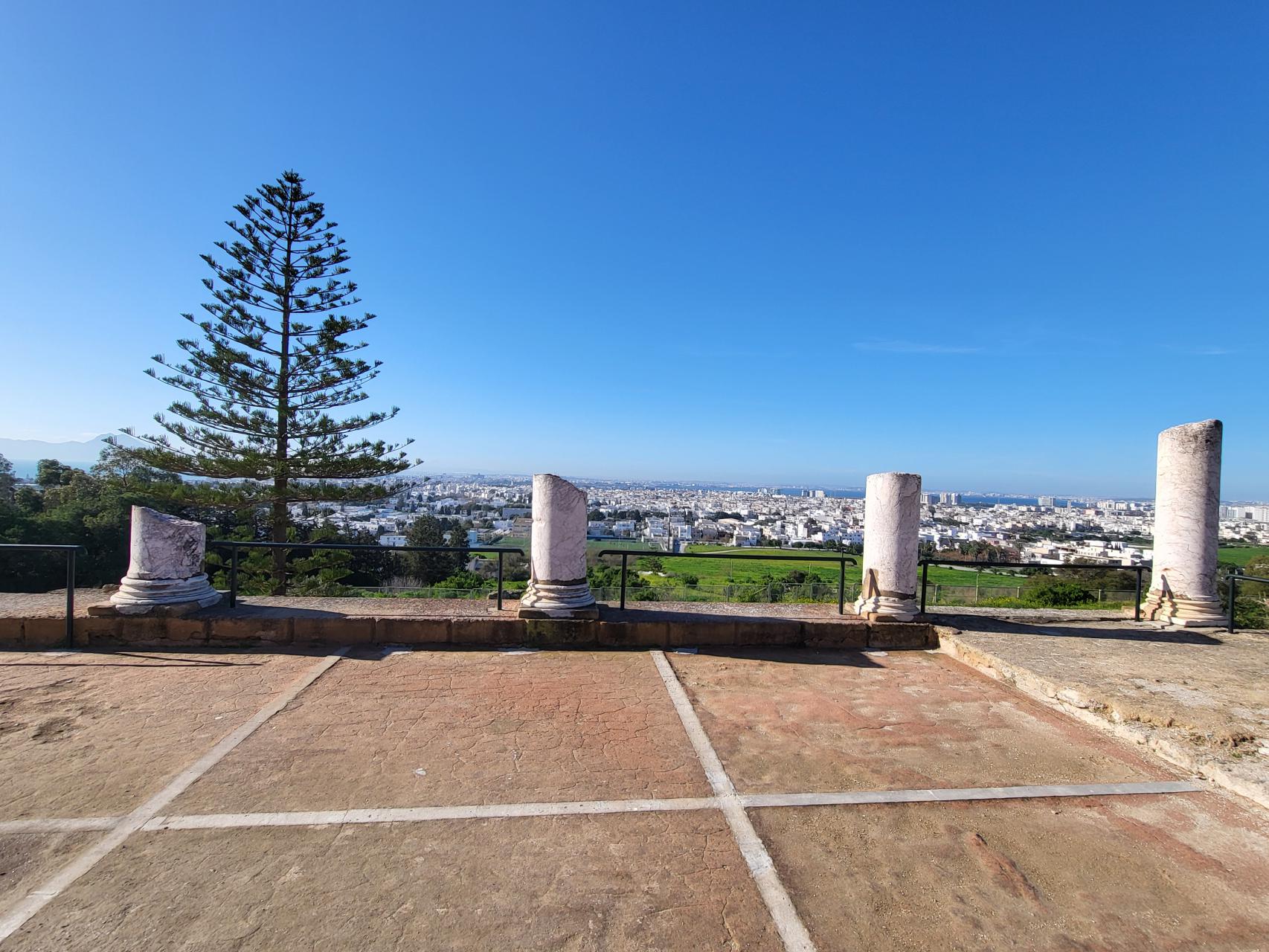

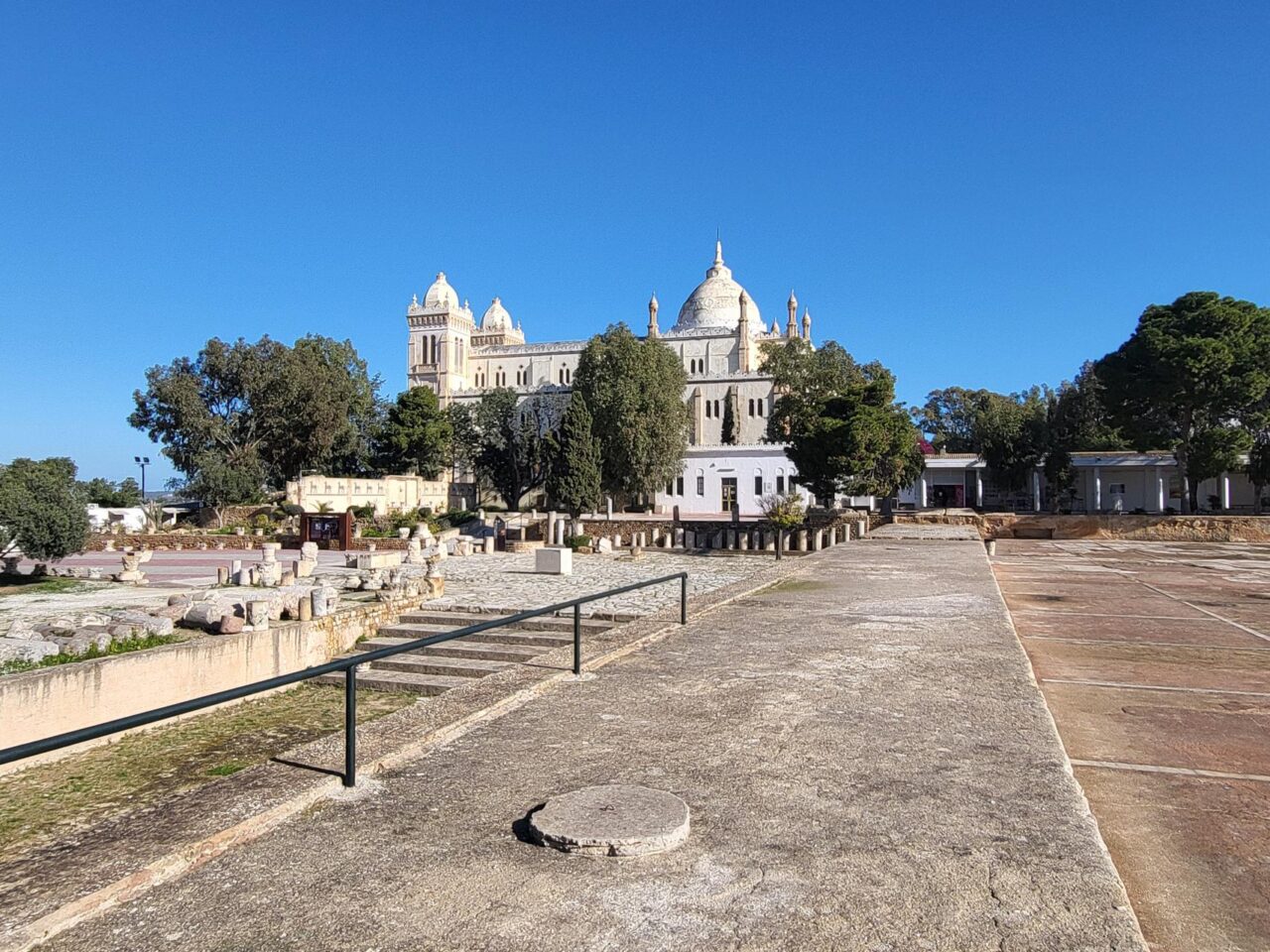
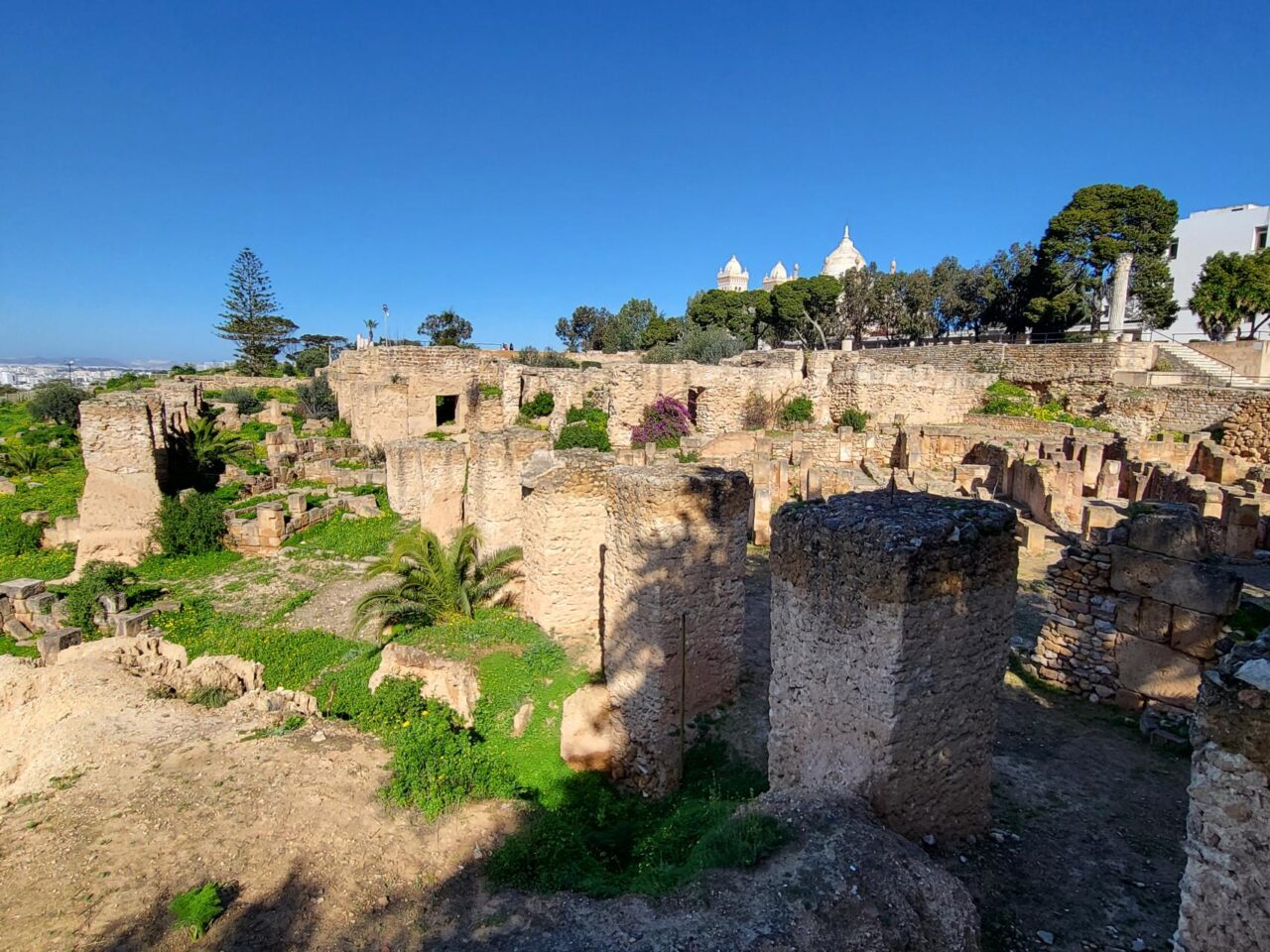

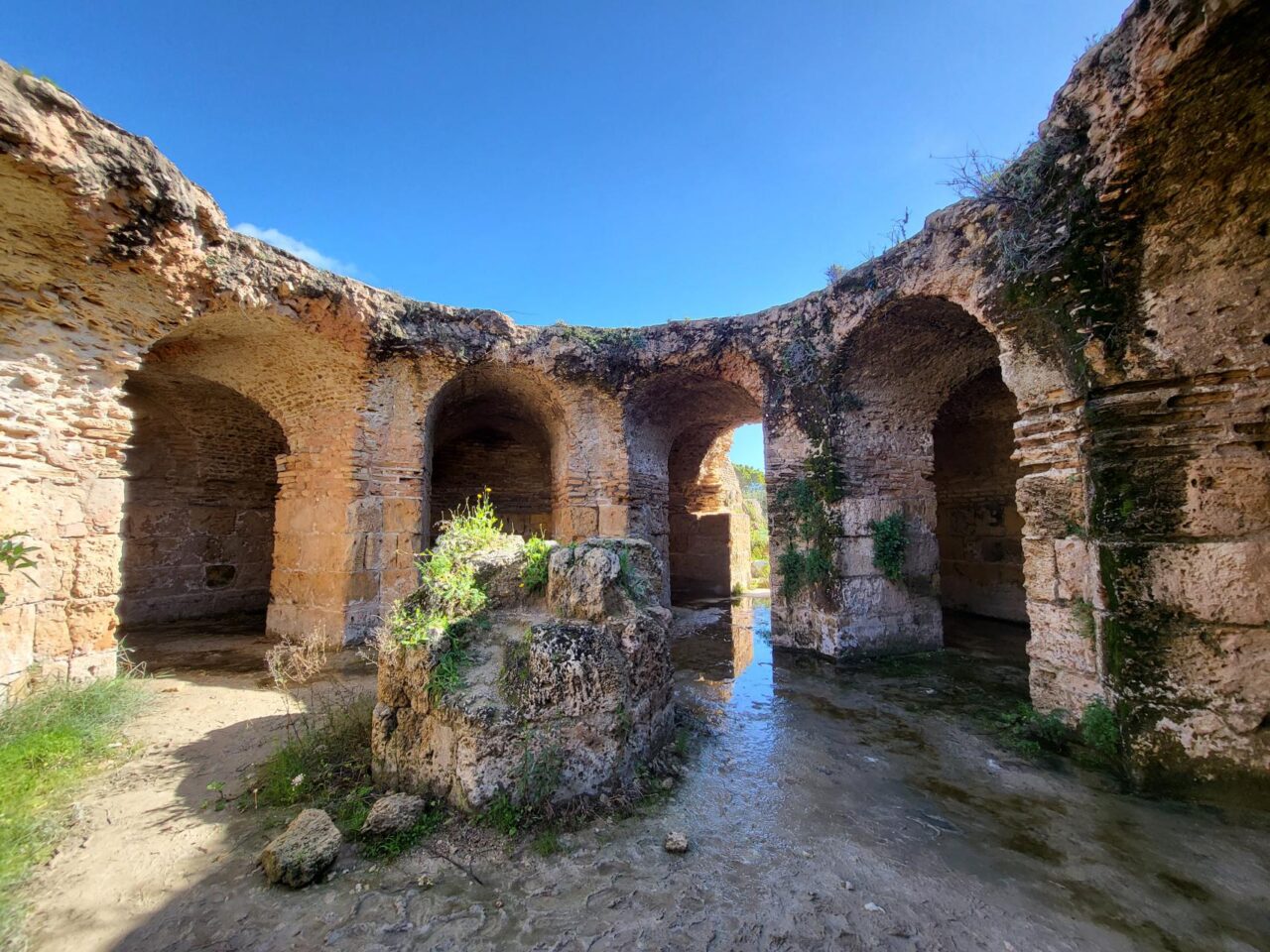
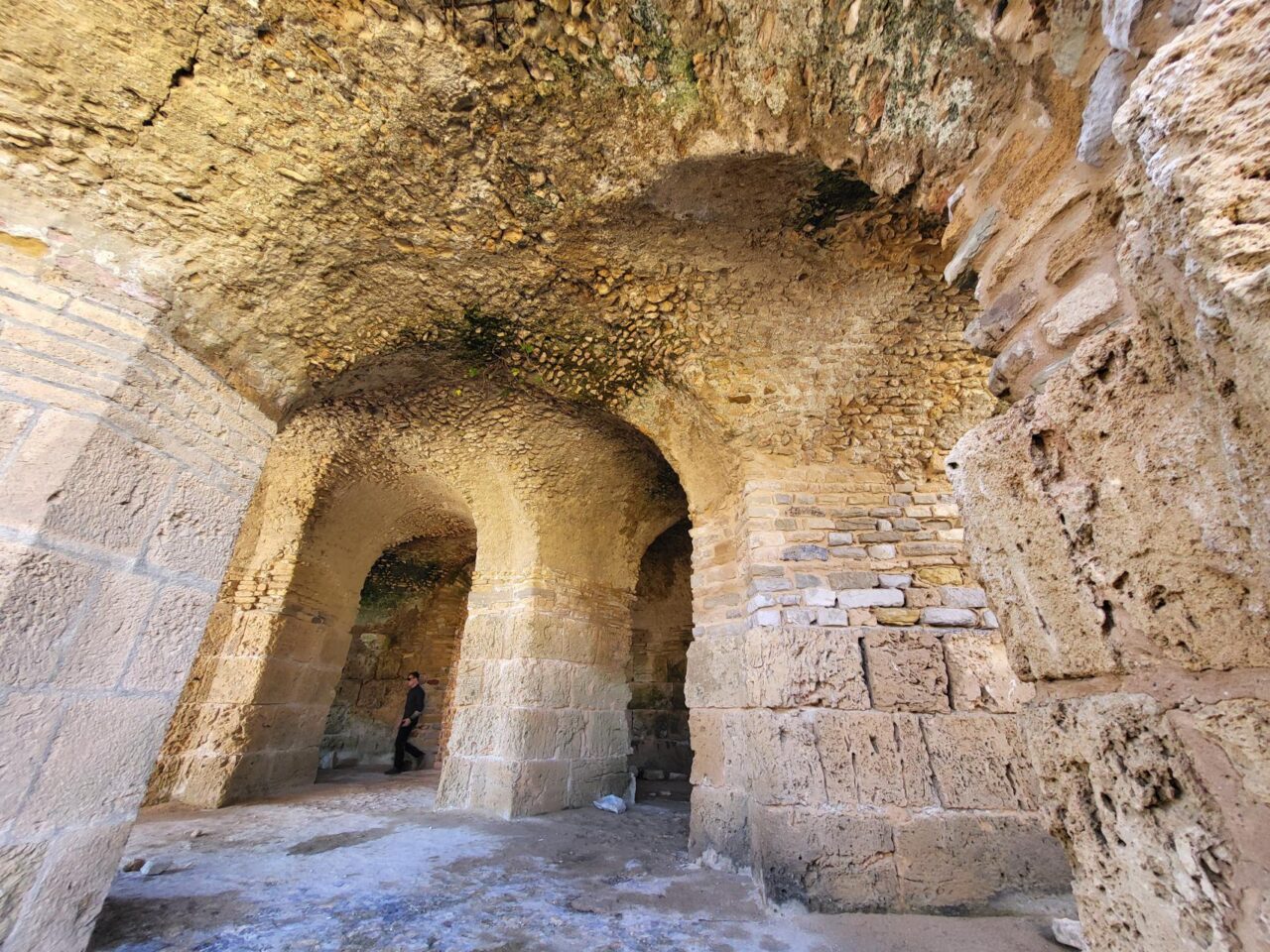

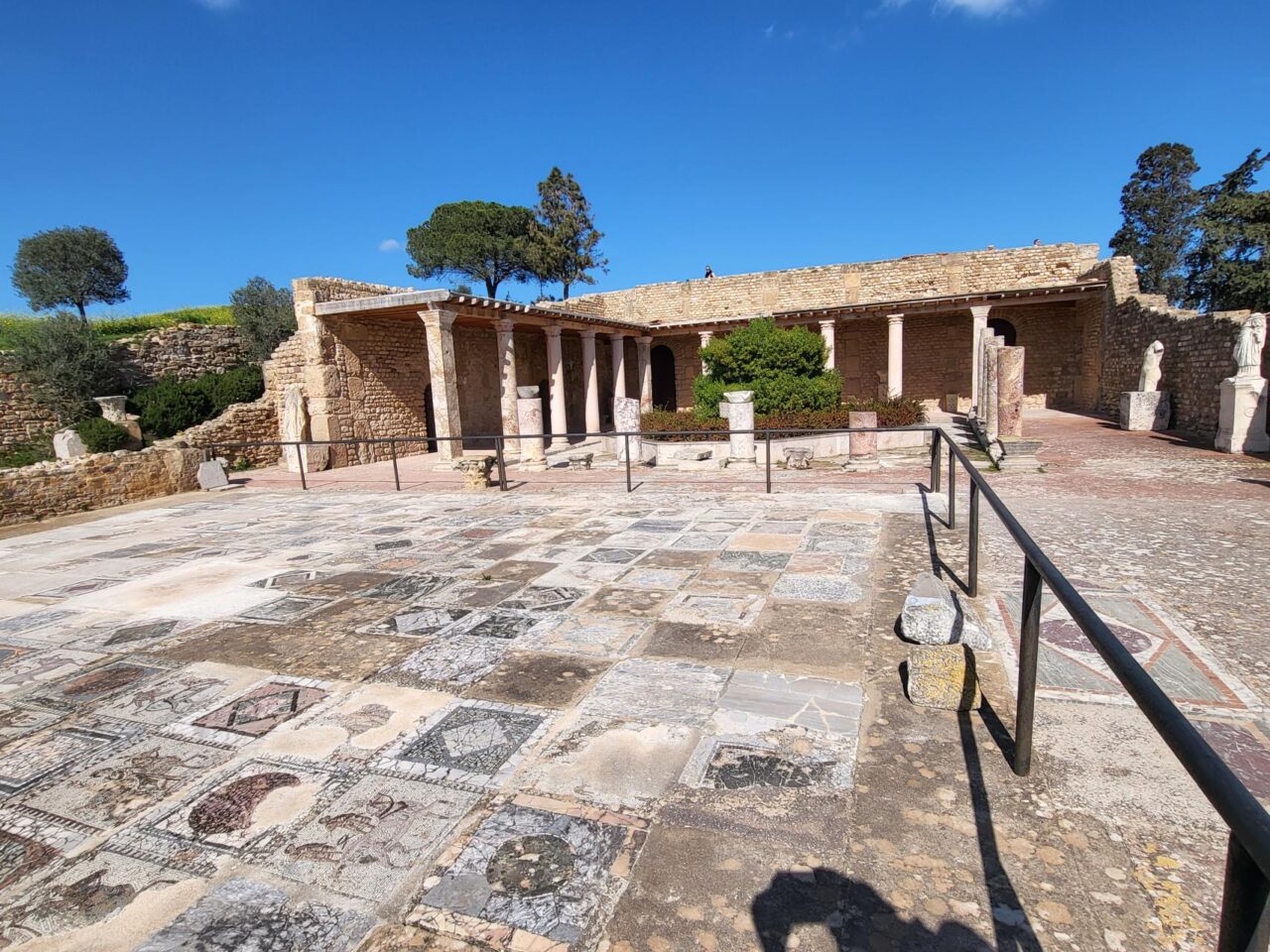
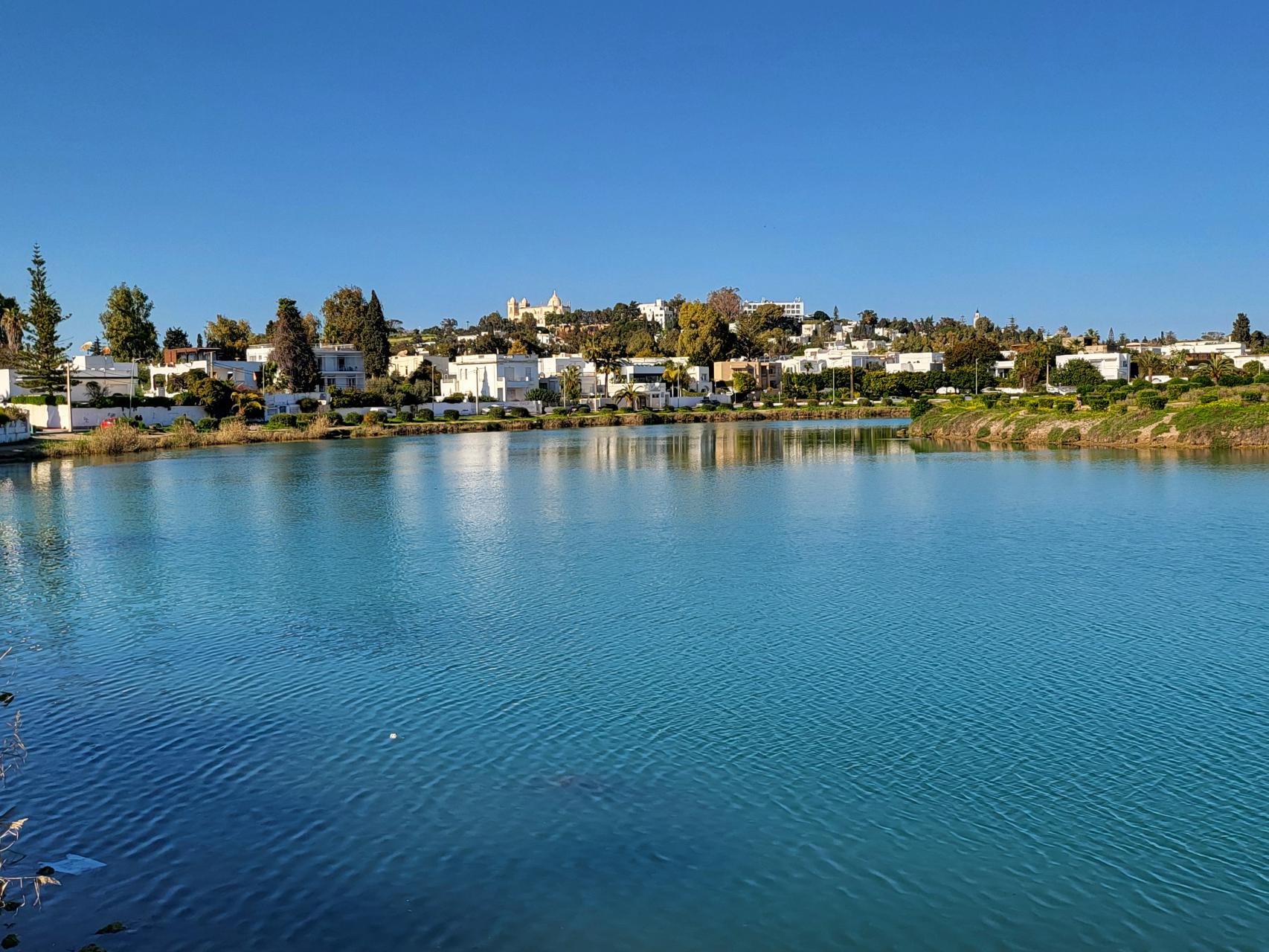
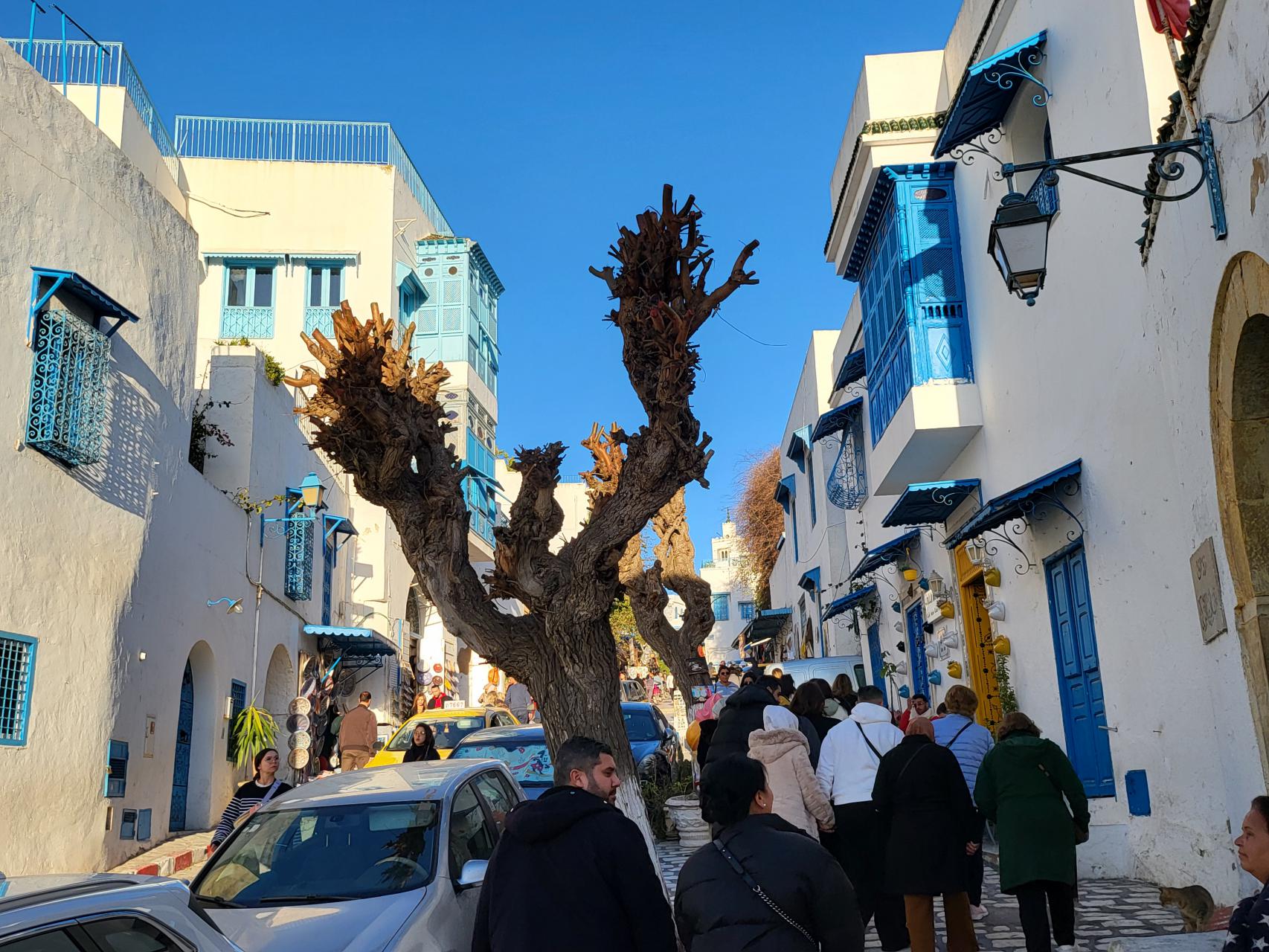

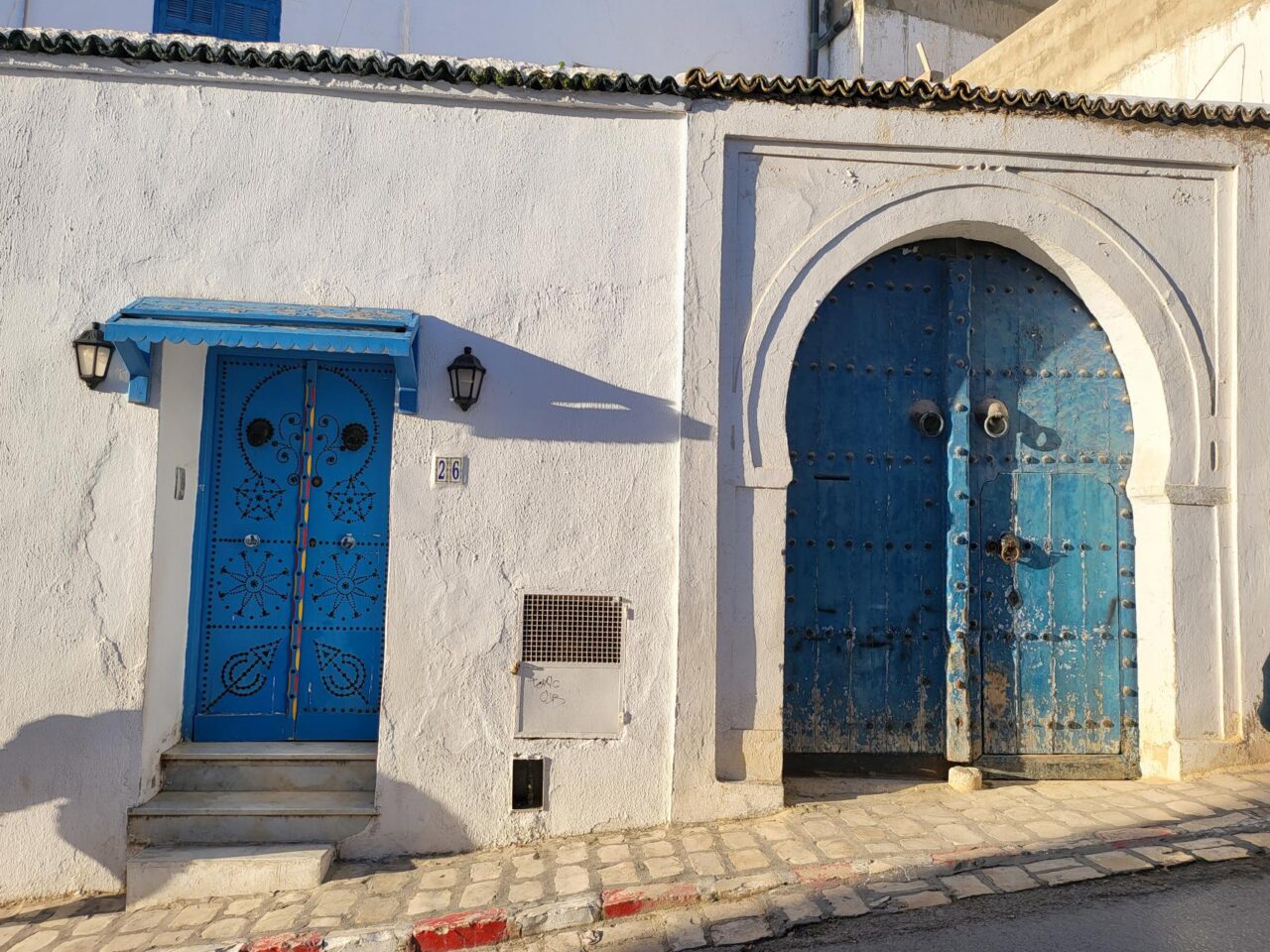
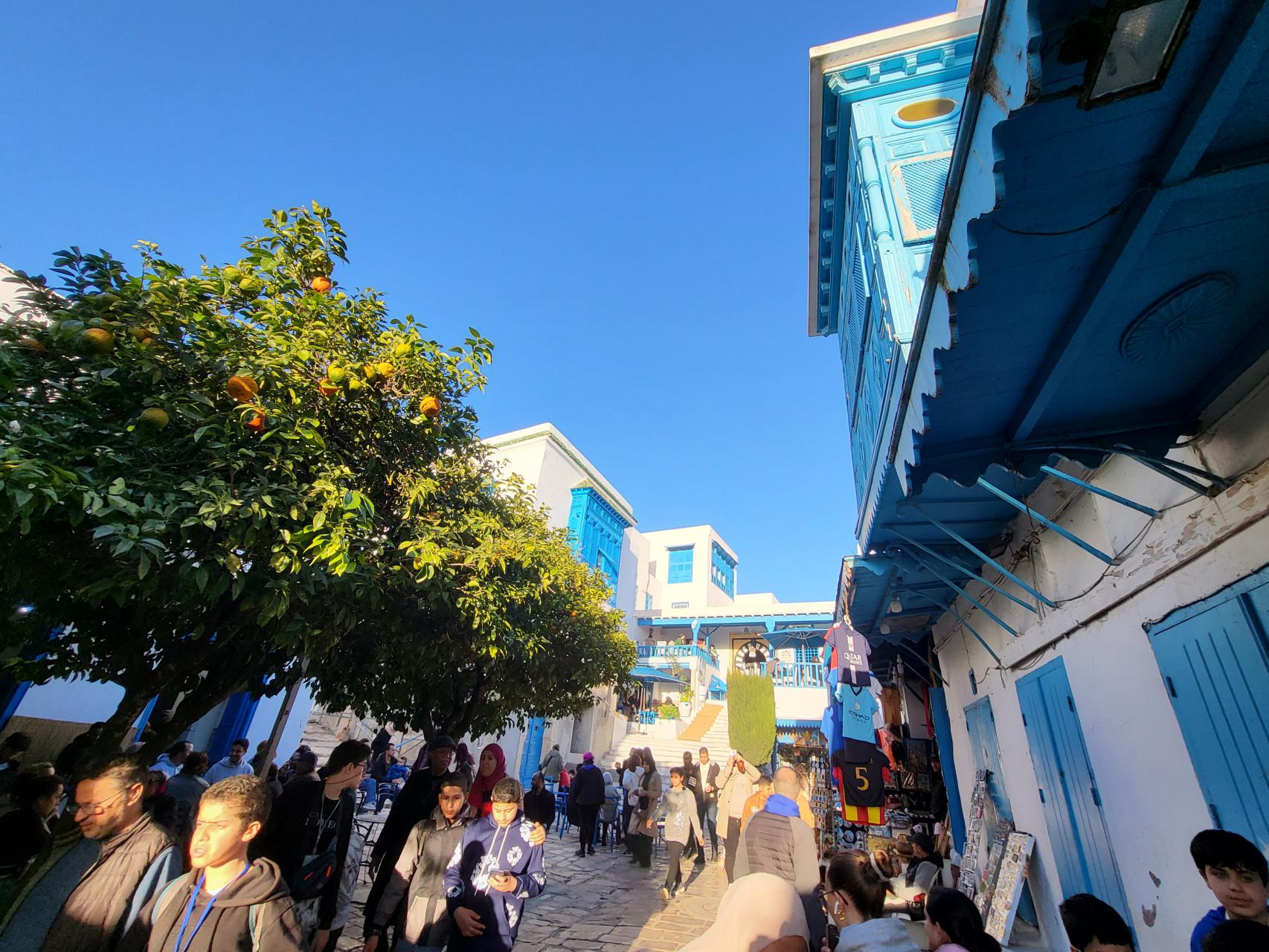
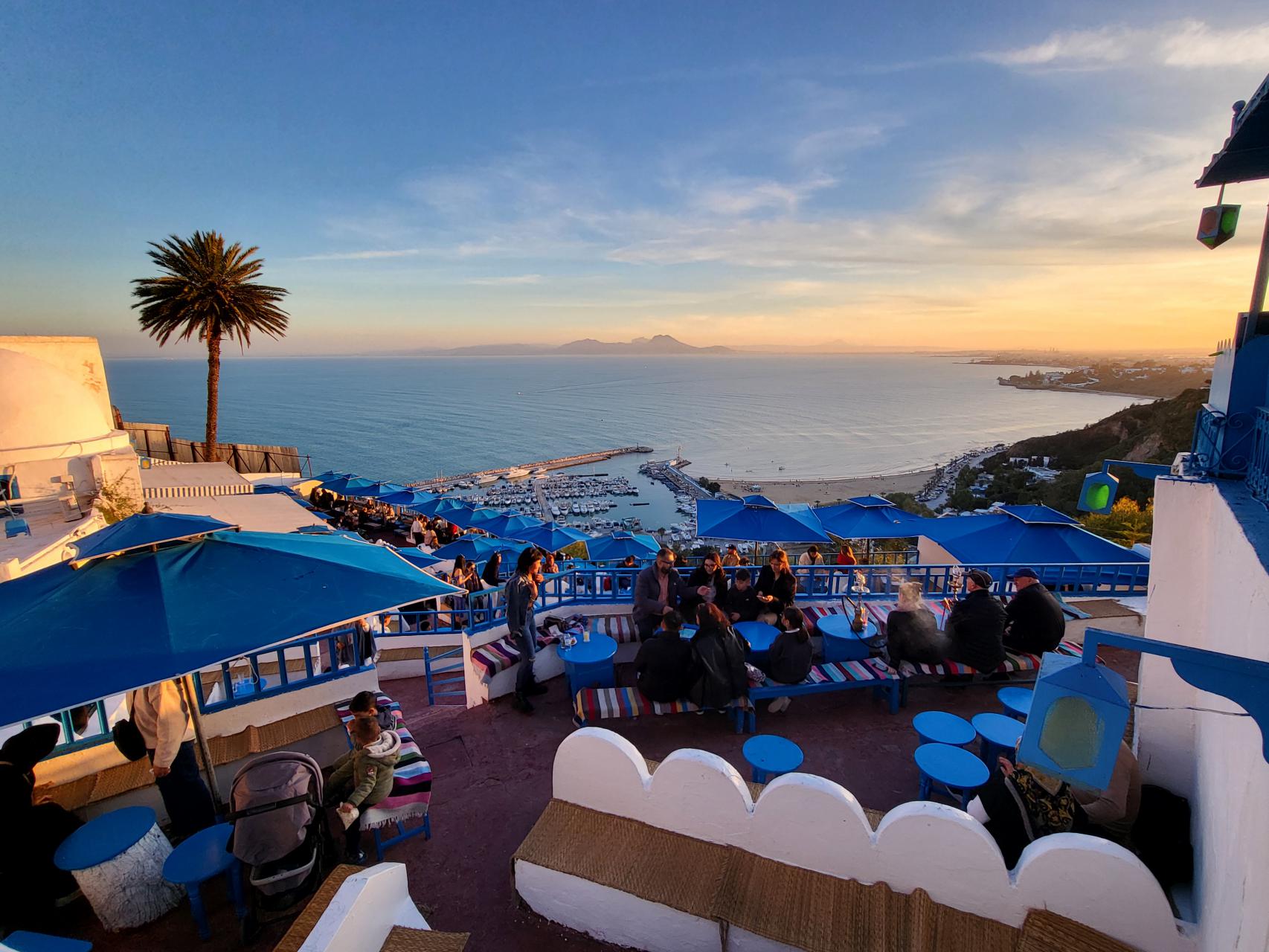
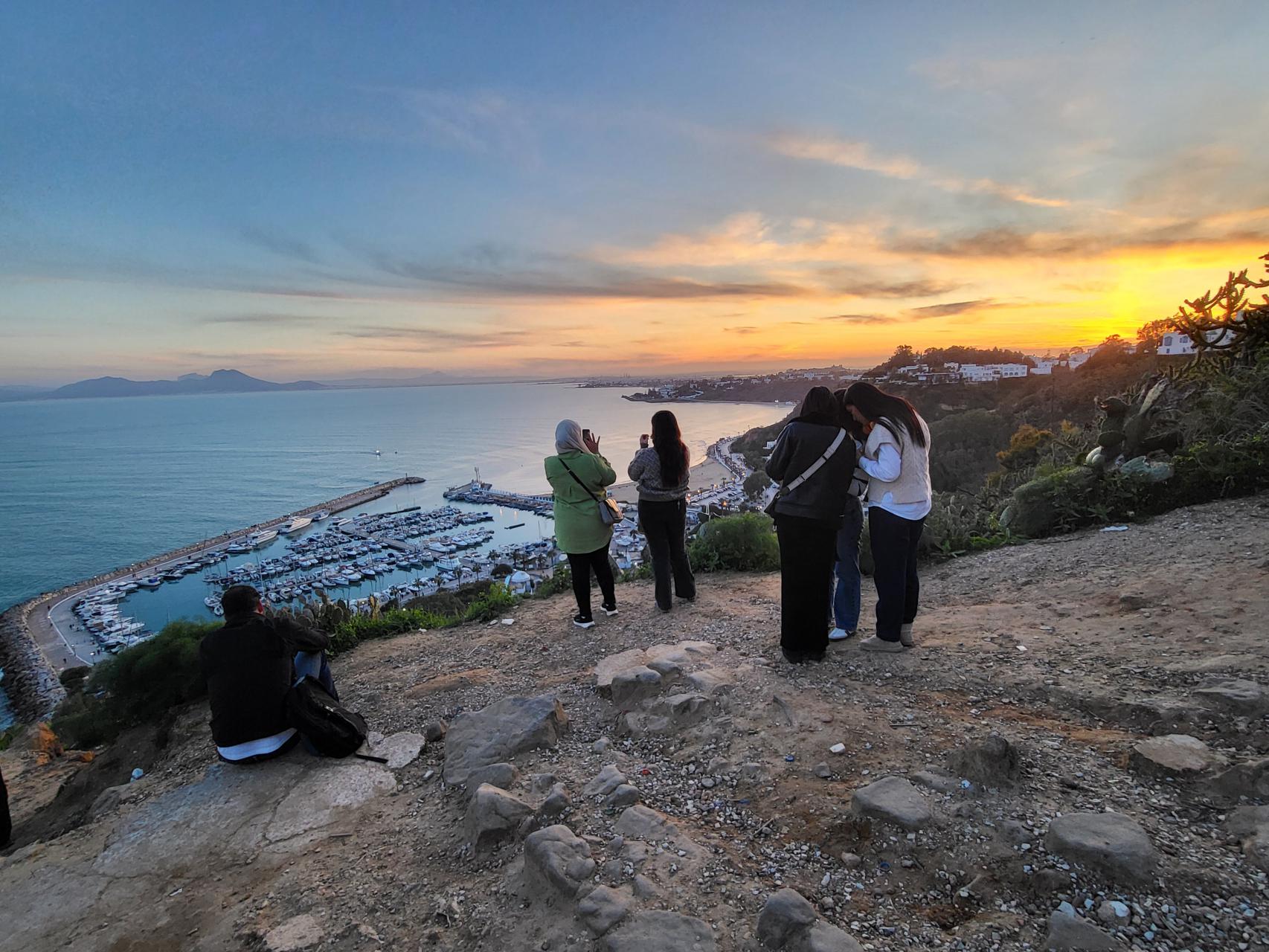
Click the link below to go to the next stop:
Click the link below to start from stop 1:
Oman Muscat->Dimmah Sinkhole->Wadi Shab->Sur->Ras Al Hadd->Ras Aal Jinz->Al Wasil->Wahid Bani Khalid->Nizwa->Jebel Shams->Iraq Baghdad->Kurdistan Erbil-> Kurdistan Sulaymaniyah->Karbala->Najaf->Babylon->Tunisia Tunis->Sousse->Kairouan->Monastir->El Jem->Carthage->Italy Sicily Palermo->Sicily Syracuse->Sicily Catania->Malta->Madrid->Dominican Republic Punta Cana->Les Terrenas->Santo Domingo->Puerto Rico->Miami
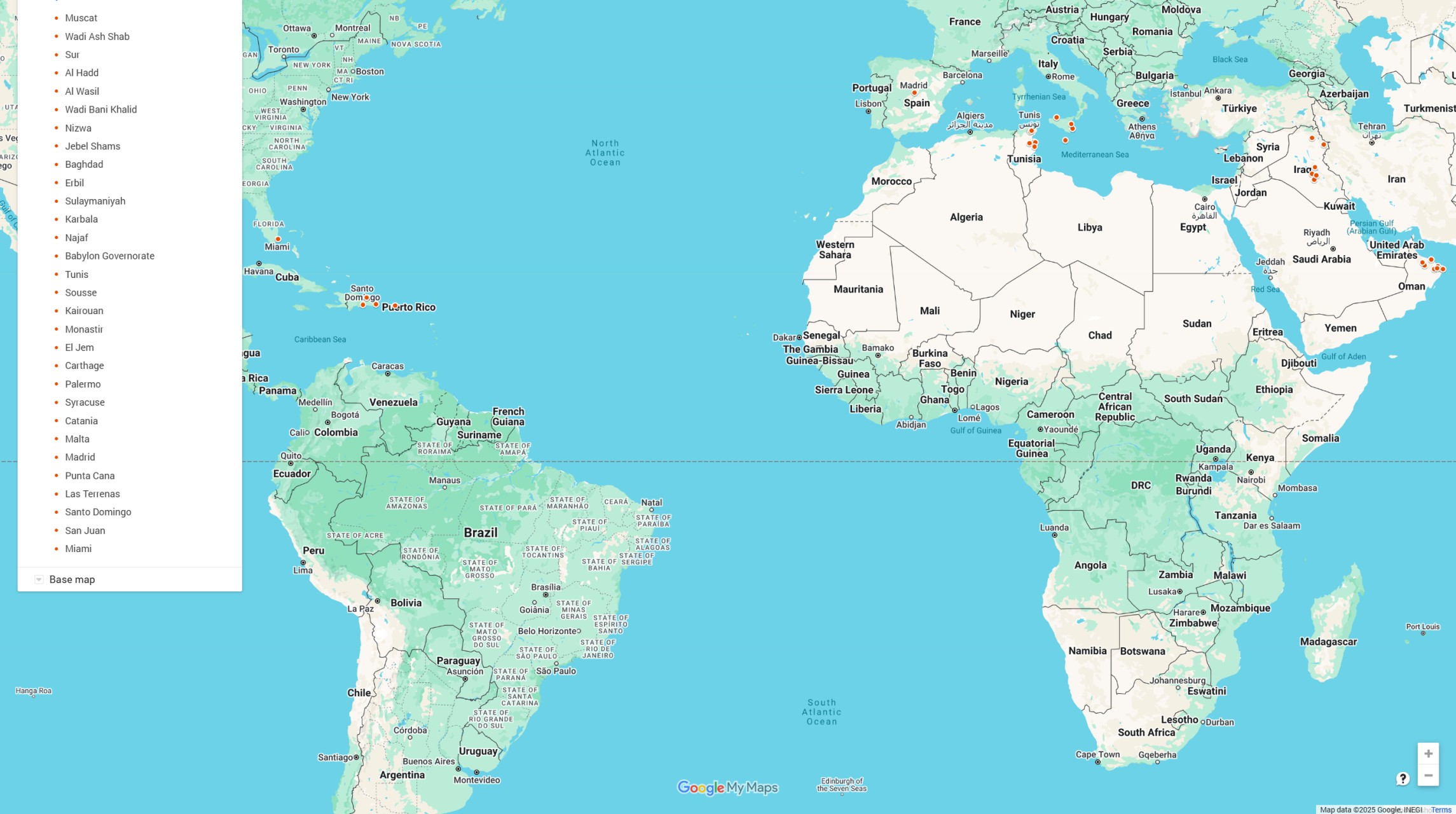
https://shorturl.fm/phg76
https://shorturl.fm/2WLT2
https://shorturl.fm/OptA4
Interesting take on balancing risk & reward! Seeing platforms like ph333 com innovate with AI for personalized experiences is a game-changer. Quick onboarding is key for tournament players too! Definitely a shift in how we approach digital entertainment.
https://shorturl.fm/q6tBu
Lucky555login, eh? Fair dinkum, I reckon it’s worth a crack. Had some ripper wins on there. Good on ya, Lucky555login! lucky555login
Yo, jiliko747io, been playin’ here a bit. Site’s alright. Games run smoothly, and I actually managed to cash out a few times, which is always a plus! Hopefully they keep adding new stuff. Hit ’em up and see for yourself! jiliko747io
https://shorturl.fm/1hVEh
Scratch cards always feel like a quick bit of fun, don’t they? It’s cool to see platforms like phmoba legit offering so many mobile gaming options – instant payouts are a huge plus for busy Filipinos! Definitely checking out their easy deposit methods.
Alright, 51betbr. Nothing crazy special, but reliable and consistent. Sometimes that’s what you need, you know? Check it out 51betbr.
https://shorturl.fm/YtU87
https://shorturl.fm/XpEGE
https://shorturl.fm/7N6Vb
https://shorturl.fm/ejwcF
https://shorturl.fm/Lq2Dj
Yo, been playin’ on bettilttr for a bit now. Platform seems smooth enough. Just remember to gamble responsibly, ya heard?
https://shorturl.fm/o8GFE